Deer mouse vs house mouse A house mouse has completely singlecolored fur, and a deer mouse has a white underside They are also whitefooted While a house mouse's tail is bald, the deer mice have furry tails Deer mice have habits of storing food near their nests, but no such habits are observed in the house miceHouse mice also have an omnivorous diet but prefer grains and seeds They will, however, take whatever they can get, including meat They produce 7 to 8 litters of babies in their entire life, each composed of up to 16 babies They live up to 2 or 3 years instead of the field mouse's average 1year lifespan Both species are active at night 5 A house mouse is not longer than 5 inches, but a deer mouse can be 7 inches long The size of a house mouse can vary, but the average is 25

Deer Mouse 16 0185 And Babies The Wildlife Center Of Virginia
Baby deer mouse vs house mouse
Baby deer mouse vs house mouse-Mouse identification in the UK Field mice – weigh up to 19g, measure up to 8cm in size House mice – weigh up to 19g, measure up to 10cm in size Harvest mice – weigh up to 7g, measure up to 6cm in size Yellownecked mice – weight up to 28g, measure up to 10cm in size It is similar to the house mouse but has larger ears and eyes relative to its size A house mouse will rarely live more than a year in the wild but in a protected environment with food and water such as a house it can live up to three years Deer are a uniquely different species from reindeer We offer a wide selection of




Mice Rats Voles What Is The Difference Greenix
Signs of Deer Mice in Houses The eyes of a deer mouse are comparatively larger than those of a house 2 votes and 3 comments so far on Reddit The whitefooted mouse Peromyscus leucopus is closely The deer mouse is slightly larger than the common house mouse around 6 to 8 inches from the tip of the nose to the end of the tail vs House Mouse vs #2 – Deer Mouse Image Credit Very similar in size and shape to the common house mouse, deer mice are a little larger and strictly nocturnal Their large eyes and ears are designed to give them superior sensitivity in low light conditions They don't like inclement weather and will normally hide in their nests when a storm approachesBaby Mice Development Baby Mice Development Age Growth 03 days blind, deaf, and completely hairless 3 days the pigment of the skin is visible on darked colored babies 57 days (1 week) Ears perk up, fur starts to come in 10 14 days (2 weeks) Eyes open up,very mobile, start to nibble on solid food
The deer mouse is typically a bit larger than a house mouse and is tawny brown or gray The deer mouse is most often associated with the name field mouse Importantly, deer mice have a white underbelly and this white color extends to its underbelly, the underside of its tail, and often their legs The tail of a deer mouse is short and has fine House Mouse vs Deer mice are known for their hoarding habit Also unlike house mice deer mice and whitefooted mice are not associated with the foul odor that typically accompanies house mouse infestations A nice deer mouse portrait showing the mouse leaning over the edge of a natural barrierThey weigh between 10 and 24 grams and they are typically 119 to 222 mm long, no longer than house mice Tail length varies in different populations and ranges from 45 mm to 105 mm Deer mice that live in woodlands are typically larger and have larger tails and feet than deer mice that live in prairies Deer mice have round and slender bodies
Recommendations for mouse repellent abound Some homeowners swear by nontoxic solutions such as cotton soaked in essential (100 percent) peppermint oil or clove oil, common dryer sheets and even mothballs Some homeowners also set out bait peanut butter seems to be a mouse delicacy) and cage traps, and release any rodents caught by these means Mice have bodies that are three to four inches long, with tails two to four inches long;House Mice Mus musculus is the common house mouse These mice are 34 inches long with a 23 inch tail, brown fur, and rounded ears They emit a high pitched "squeak" to communicate with each other and can jump a foot and a half in the air vertically These are the house mice of fairy tales and poems
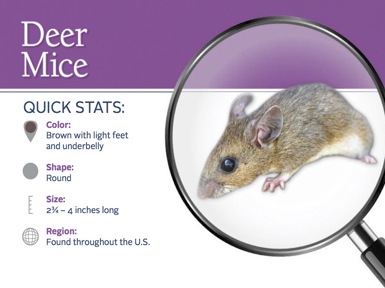



Where Do Deer Mice Live How To Get Rid Of Deer Mice
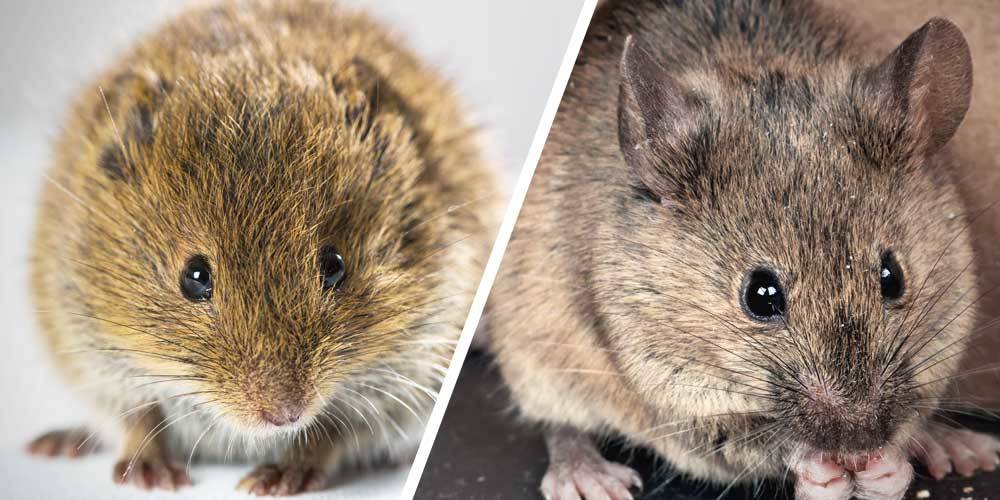



How To Tell A Field Mouse From A House Mouse Wilson Control
Meadow voles, (Microtus pennsylvanicus) and pine voles (Microtus pinetorum), chipmunk (Genus Tamias) and true moles (from the family Talpidae) Deer Mouse vs House Mouse Droppings One of the best ways to know whether house mice or deer mice have been in your home is to look for droppings House mouse droppings look similar to a grain of rice The droppings can be gray or black, depending on the rodent's age and diet The droppings don't have a smell However, house mouse urine has aThe average length for the House Mouse is between 65 and 95 millimeters long, from the nose to the tip of the tail Conversely, the Deer Mouse averages about 96 millimeters, making its overall length only slightly longer than that of the House Mouse
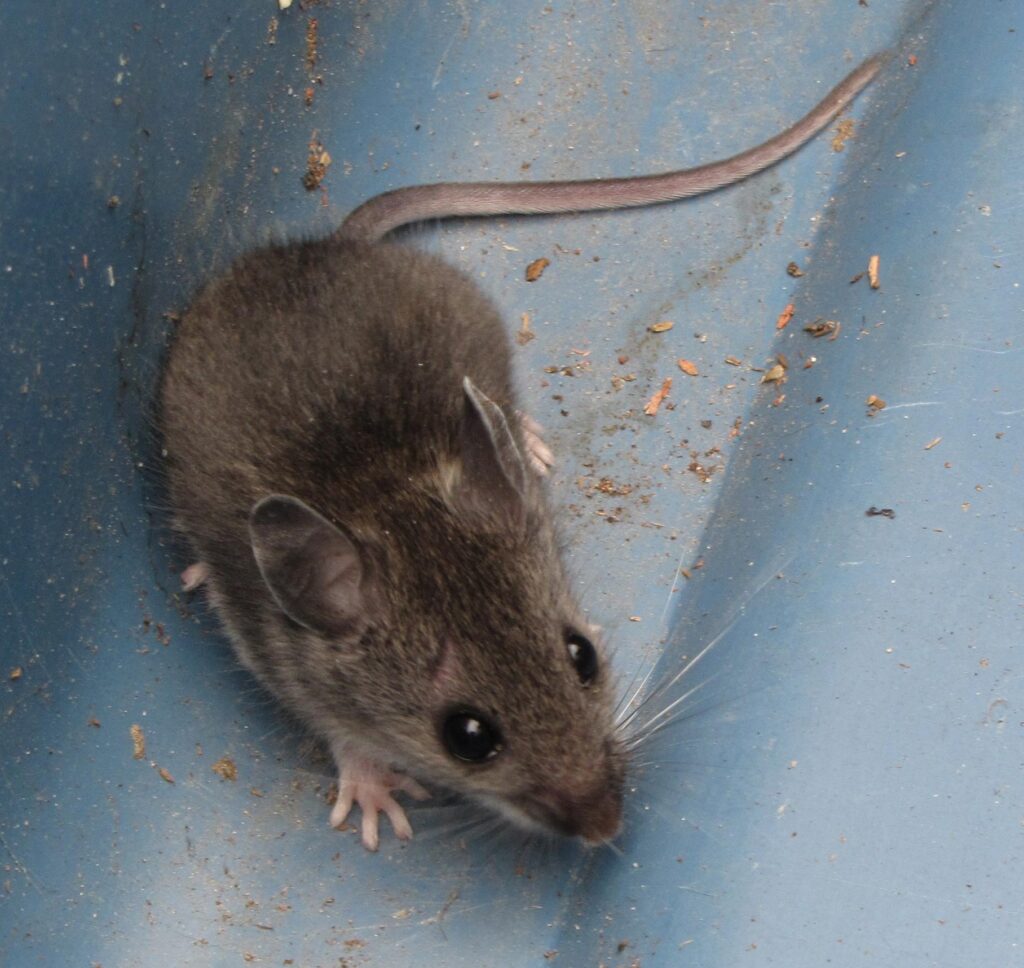



Mice Removal 3 Species To Look Out For In Milwaukee
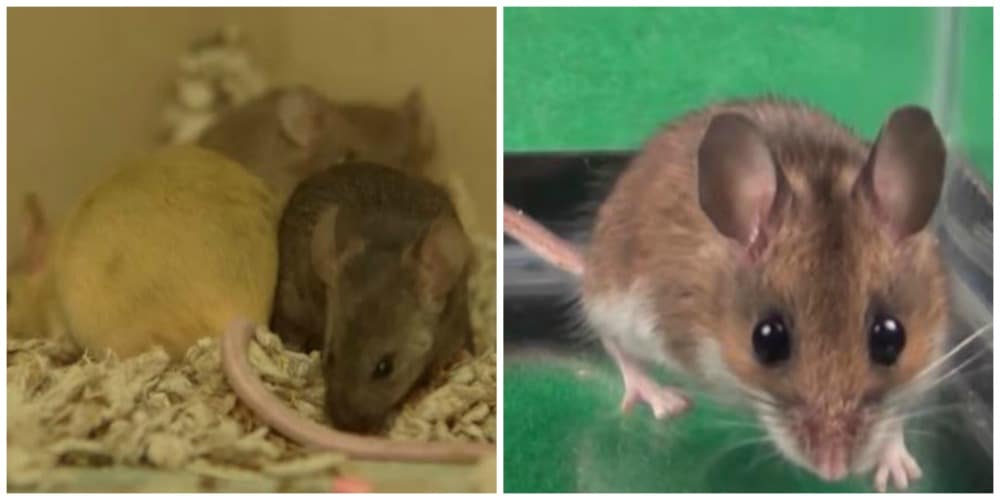



House Mouse Vs Deer Mouse How To Tell Them Apart
Deer mice often nest in tree cavities, stumps, or abandoned bird or squirrel nests Around homes, both house mice and deer mice also will nest outside in dark corners of sheds or barns, or in unused yard equipment The deer mouse also likes to nest in farm equipment, abandoned vehicles and unoccupied cabins Their eyes and ear canals are sealed The light spot on their left side is a tummy full of milk 1 Day The babies are already starting to show some pigment 2 Days The babies are showing more color pigment and have clearly grown in size and weight 3 Days Each day more pigment shows through 4 Days The cotton rat ( Sigmodon hispidus ), found in the southeastern US and down into Central and South America, has a bigger body than the deer mouse The head and body measure approximately 5–7 inches (125cm–18cm), with another 3–4 inches (75cm–10cm) for the tail The fur is longer and coarser, grayishbrown, even grayishblack, in color
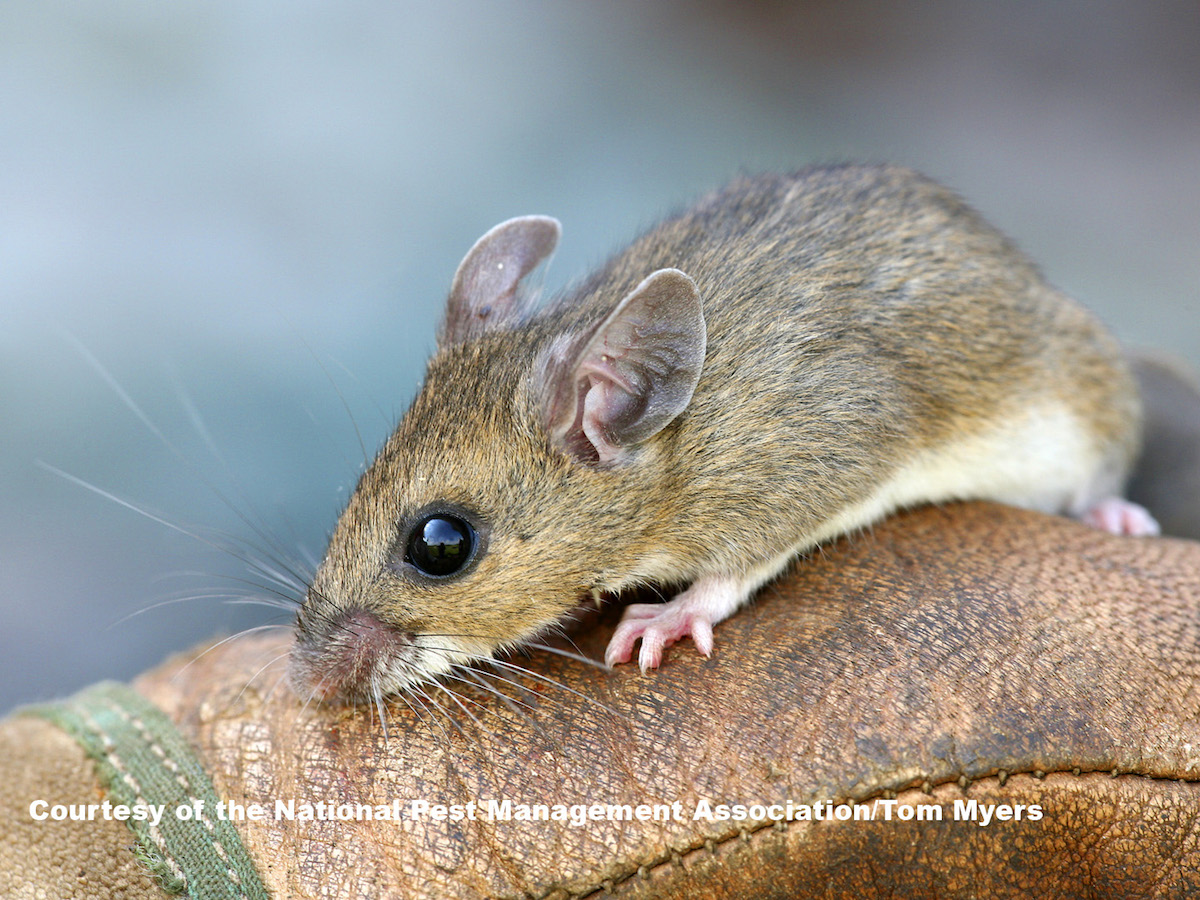



Where Do Deer Mice Live How To Get Rid Of Deer Mice
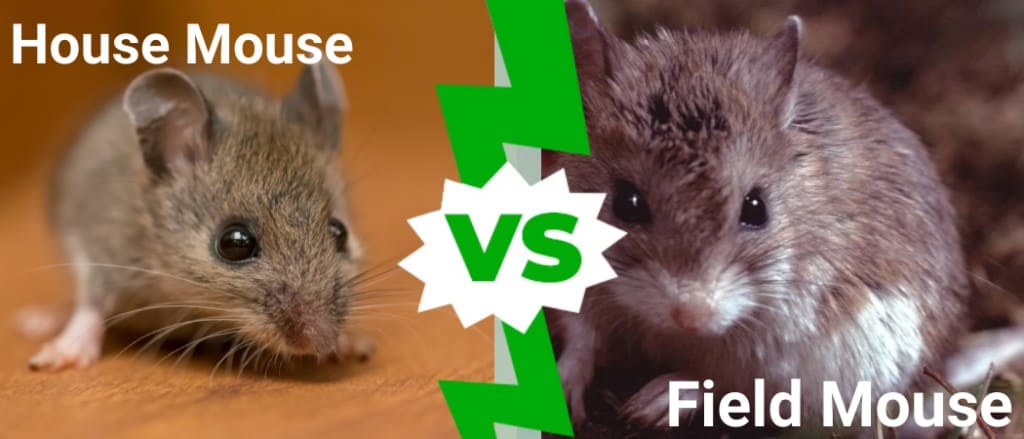



Field Mouse Vs House Mouse What S The Difference Az Animals
Unlike the house mouse ( Musmusculus ), the deer mouse has a bicolored, slightly furry tail Moreover, its ears and eyes are comparatively larger than those of the house mouse Most young deer mouse disperses after weaning and may travel up to 152 m from its place of birth in order to establish its own territory Tail One of the most apparent differences between the two rodents is that house mice have hair on their tails, while field mice or deer mice have shorter tails that don't have hair Fur House mice have light brown or gray coats that are usually a single color, while deer mice have a darker fur (usually brown or gray) on top of their bodies with white or lighter underbellies What does a house mouse look like House mice are almost the same size as field mice From seven to nine centimetres long bodies, plus the same length tail The colour of house mice is what sets them most apart from field mice The
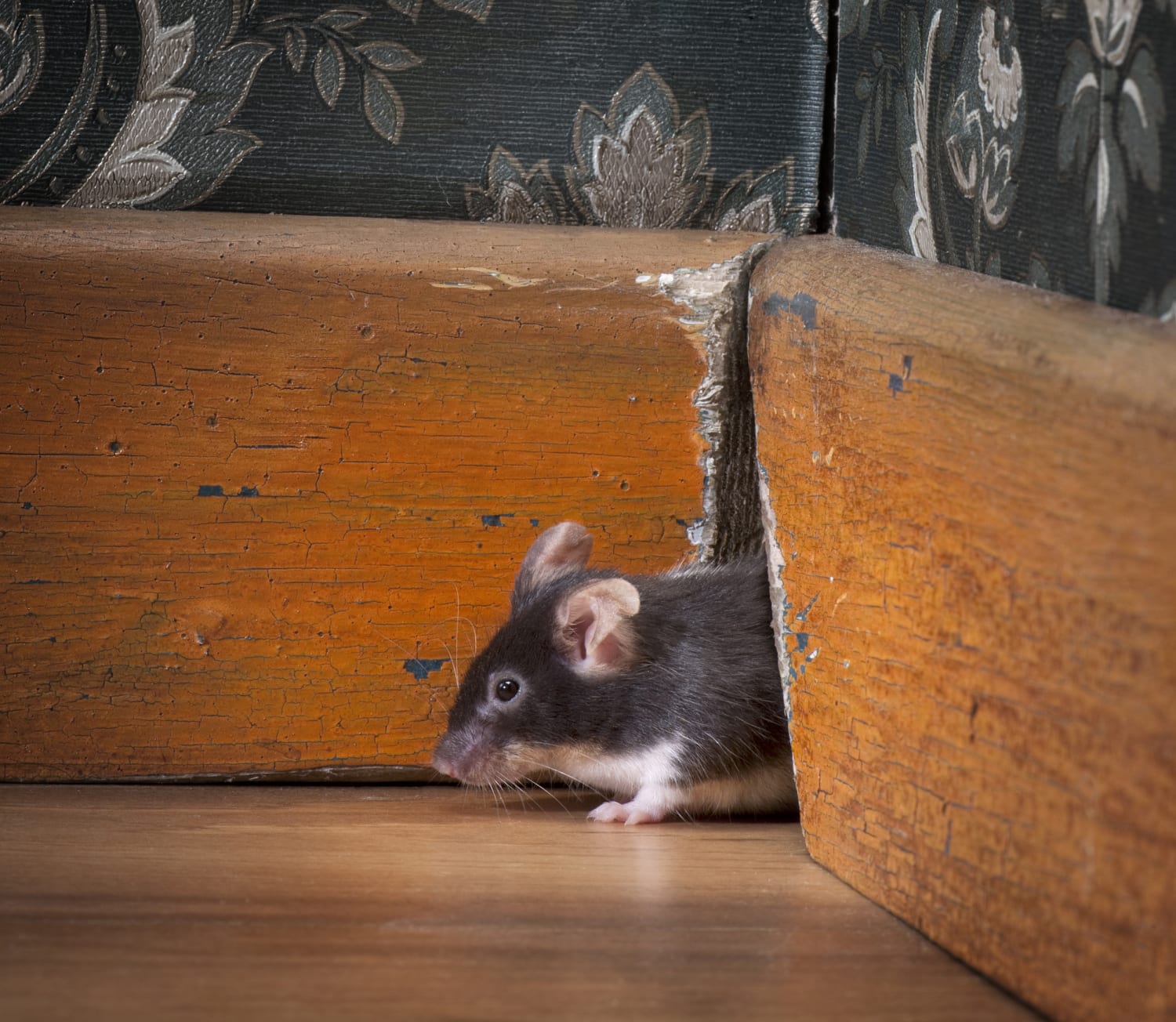



New York City Mice Are Loaded With Bacteria Superbug Germs
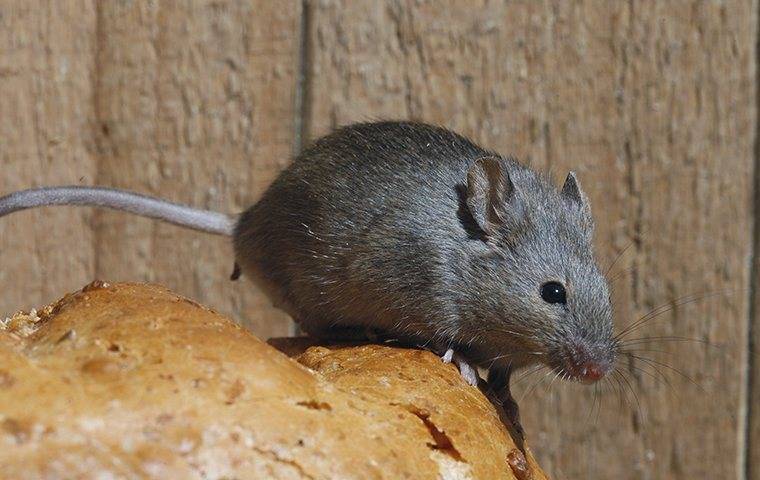



Blog What To Do About Mice Infestations In Savannah
A deer mouse has small legs and a sharp color contrast between the top and bottom of its tail A white footed mouse has larger hind legs and a bicolored tail with less definition between the two hues Still, it may take an expert to tell these mice apartAn adult field mouse can be up to 105 cm in length, and its tail between 6 and 9 cm Its coat is beige, redbrown or dark brown, with a white belly Its eyes and ears are smaller than those of a house mouse Field mice are excellent jumpers and their hind legs are stronger than those of house mice The weight of a field mouse varies between 13How to Get Rid of Deer Mice The Spruce new wwwthesprucecom The deer mouse is slightly larger than the common house mouse, about 7 inches from the tip of the nose to the end of the tail, vs the 5inch overall length of the house mouseAnd deer mice have a notable white underbelly that extends to the underside of the tail This white belly is not found on the house mouse, which




Mice Rats Voles What Is The Difference Greenix
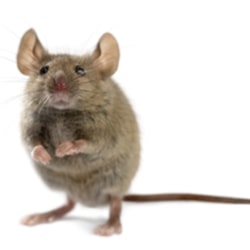



Mice Facts Identification Control Prevention
In their life, they give birth to almost 16 litters The deer mouse always gathers food near its nests and store the goods Much unlike house mice, they do not gather and depend on food from humans Field mouse and the house mouse have exceptional eyesight and hearing quality and are both good climbers and swimmersIn Connecticut mice, voles, chipmunks and moles cause damage to gardens, fruit and other plantings These species include house mice, (Mus musculus); Dense, silky, dark greyblack fur with whitish underside and tufts of white around eyes and ears Likely to be seen in or around water House mouse uniformly browngrey mouse with small feet, big eyes and ears and a pointed snout Almost hairless tail same length as body
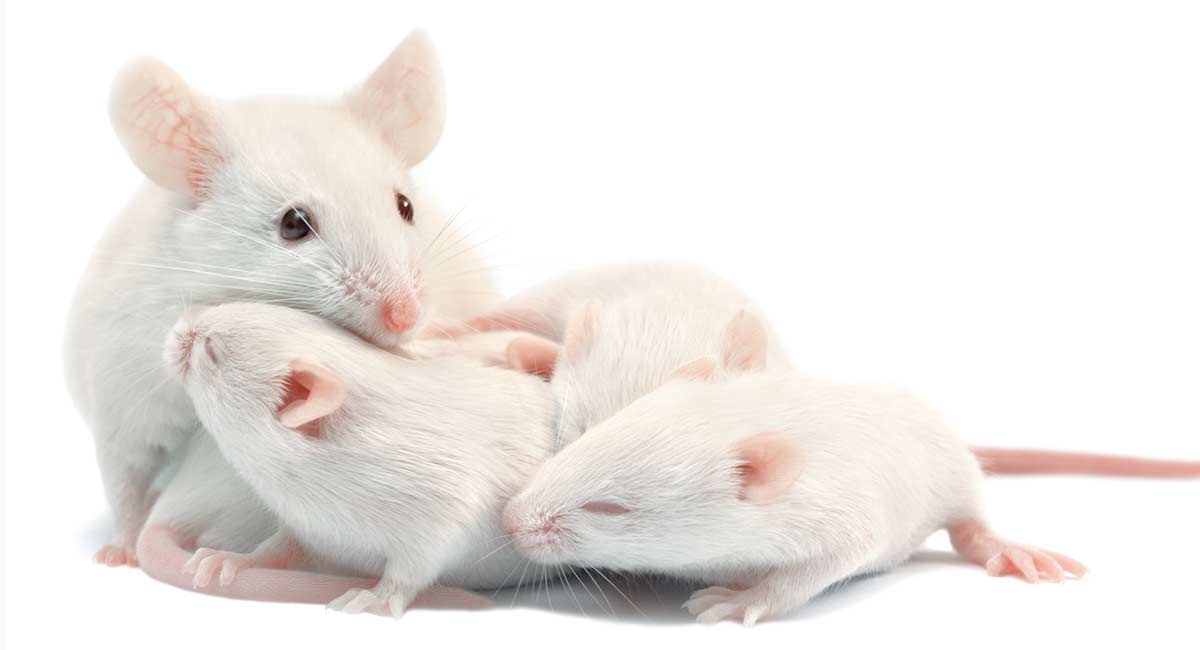



How Many Babies Do Mice Have In A Litter And In Their Lifetime
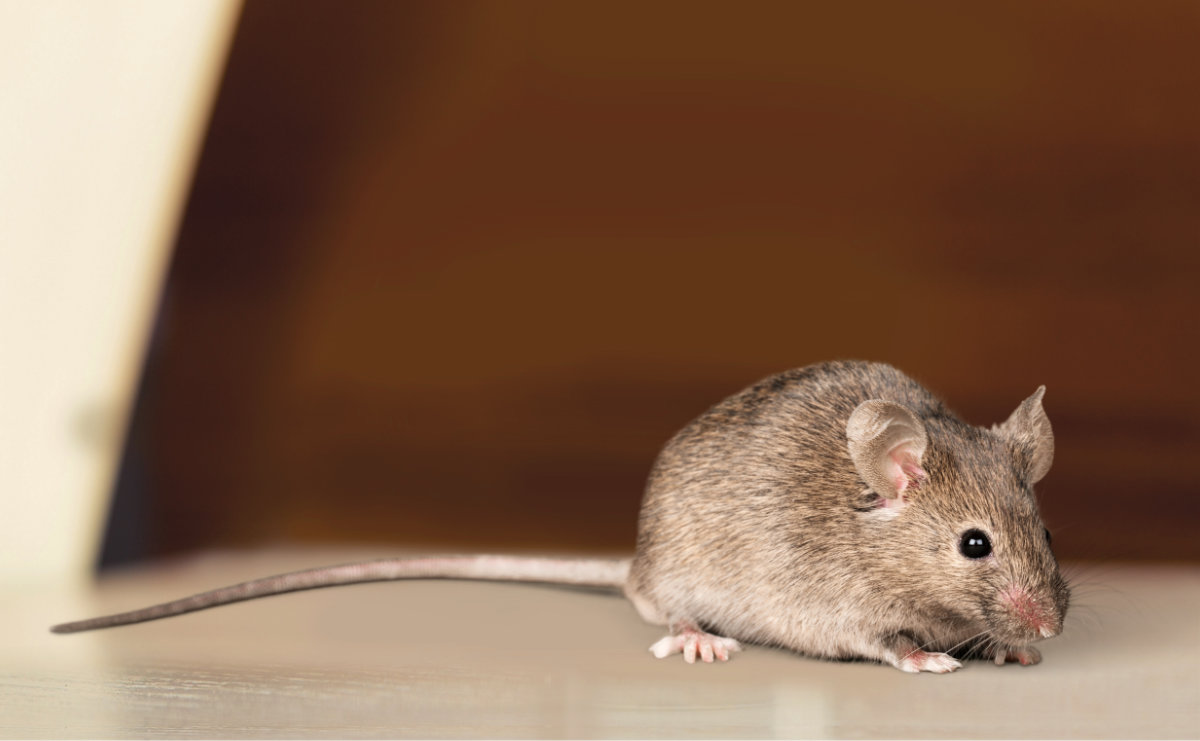



Types Of Mice In The Uk Mouse Identification Facts Pest Defence
A deer mouse has larger eyes and ears than a house mouse has It is also slightly larger, measuring about seven to nine inches from head to tail A house mouse is about five inches from head to tail A white footed mouse has larger hind legs and a bicolored tail with less definition between the two hues A closer look reveals subtle differences in white footed mouse vs A deer mouse is around 7 inches from nose to tail Deer mouse nurses young deer mouse stock pictures royaltyfree photos images The second stage of a ticks growth is theWhitefooted mice and deer mice, (Peromyscus sp);




Deer Mouse 16 0185 And Babies The Wildlife Center Of Virginia
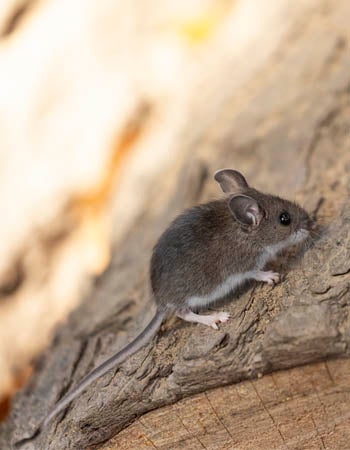



House Mouse Vs Deer Mouse What S The Real Difference Bob Vila
1 Look for prominent nipples to identify a female Young female mice have nipples that are much more prominent than the nipples of a male Position the mouse on its back to view its stomach To do this, take the mouse by the scruff of its When a baby deer mouse is old enough to venture away from the nest, it finds and occupies its own territory It is extremely rare to find two deer mice in the same territory Another amazing thing about the baby deer mouse is that it communicates in four different ways Visual gestures, posture;Orkin Termite Treatment, Pest Control & Exterminator Service



1




Frequent Questions About Mice Welcome Wildlife
The deer mouse is slightly larger than the common house mouse, around 6 to 8 inches from the tip of the nose to the end of the tail, vs the 5 to 7inch overall length of the house mouse And deer mice have a notable white underbelly that extends to the underside of the tail158 yrs WEIGHT 1024 g LENGTH 810 cm Endemic to North America, the Deer mouse is one of the most common organisms of the biotic community in nearly all woodlands throughout the continent However, even the most attentive observers often cannot spot this cryptic animal in its woodland habitat, since it's generally active at night As cute as it appears to be, the gray to brown and white deer mouse ( Peromyscus maniculatus) is a potentially dangerous creature since it can spread disease 1 The deer mouse is about 5 inches long, with Big eyes Ears that are prominent and leaflike, but generally shorter than a hindfoot Head and body of about 2 to 3 inches long
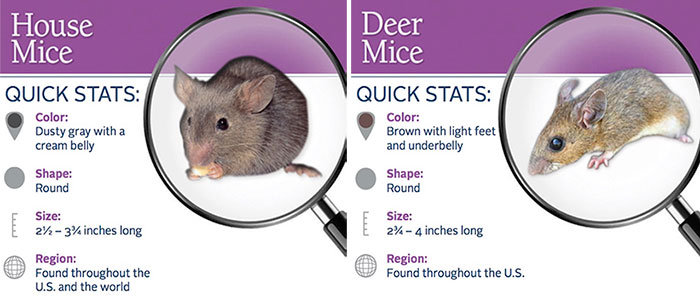



How Can I Identify The Different Kinds Of Mice Invading My Home




Deer Mice Pcs Pest Control Services Gulf Islands
Unlike house mice, deer mice retain their natural habit of burying nuts and seeds when they move indoors A single deer mouse in the house can store a great deal of food in inaccessible places like wall voids These caches attract spiders, ants, and other pestsDeer mice live in rural, outdoor areas and are less common in urban settings Common areas where deer mice liveinclude Suburban homes near wooded areas Deer mice often prepare their nests in old fence posts, tree hollows, log piles, and beneath decks During the winter months, they seek shelter in homes, garages, sheds, or rarely used vehiclesThe house mouse is the best known of mice species Found throughout the world, house mice prefer to dwell in concert with humans These rodents are gray or brown in color and have large, rounded ears Both can be distinguished from the house mouse by their bicolored tail Deer mice generally have longer back feet and tail than whitefooted
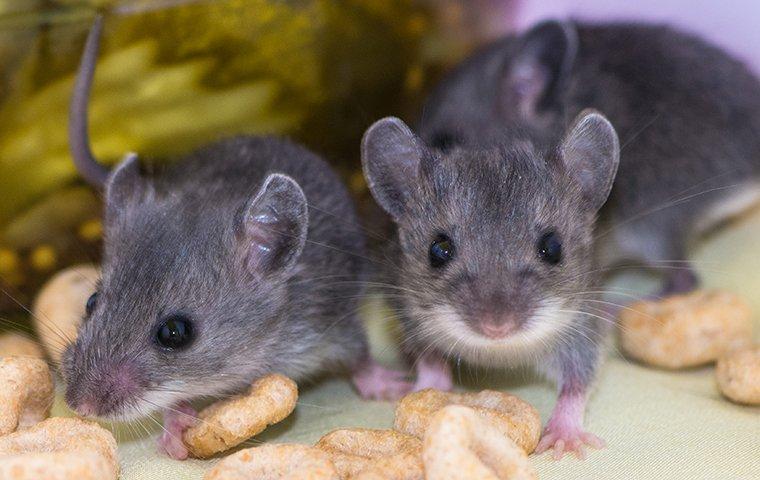



Dallas Homeowners Guide To Mouse Control
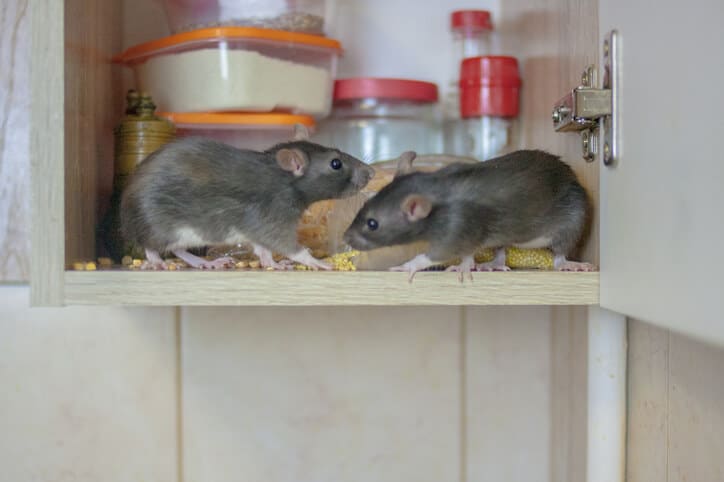



House Mice Deer Mice How To Know The Difference Keep Them Away
Wild mice often carry deer ticks – known vectors of the bacterium Borrelia burgdoferi, which causes Lyme disease This is why its considered the best time to try and house them Mice can be handled and touched, but you should be wearing thick gloves in the case of a wild mouse and you need to be very gentle as they can nip They are usually around the same size, although field mice tend to be smaller and house mice have thicker, almost hairless tails Field mice have a pointed nose, large rounded ears, and big beady black eyes, whereas house mice have smaller eyes and flatter noses When it comes to their coloring, both can have white or light gray bellies, but Head – A mouse has a small head that is proportional in size to its body while a young rat has a large head for its body A mouse has a more pointed muzzle while a rat's nose is more blunt Ears – A mouse has large ears for its head size (you could pull them over its eyes) while a rat has proportionally small ears with hairs inside (if




The Difference Between A Deer Mouse Vs House Mouse Insight Pest Solutions
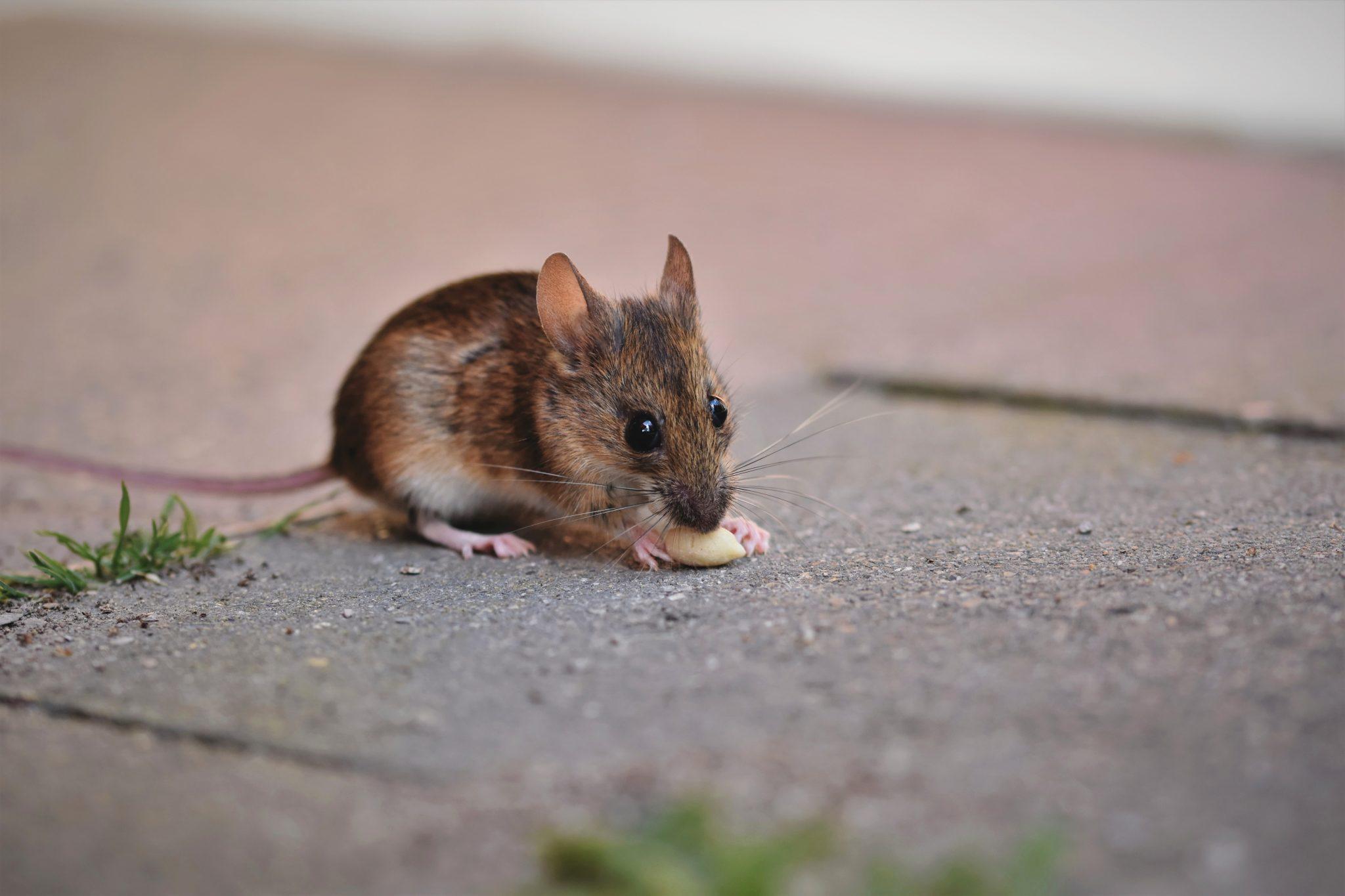



Types Of Mice In The Uk Mouse Identification Facts Pest Defence
Raising a Baby Mouse Video Series by Creek Valley Critters on Creek Valley Critters has a great series of 10 very nice short videos about raising orphan mice It will take about 45 minutes to watch them all and are well worth it Save some time, the first 5 are the most important for a new found orphan, watch the others later The field mouse is, also known as deer mouse, is most common outside the homes, as they prefer to live near humans They are smaller than the house mouse and have reddishbrown fur The house mouse is larger than the deer mouse and has grayishbrown furRats, meanwhile, have bodies that are five to 10 inches long, with tails five to



5 Differences Field Mice Vs House Mice




House Mouse Ladybug Services
The deer mouse, Peromyscus maniculatus, is in a completely different family than the house mouse, Mus musculus The whitefooted mouse, Peromyscus leucopus, is closely related to the deer mouse with similar appearance and habits The deer mouse is found throughout most of Canada and the United States, with the exception of the southeastern US




A Deer Mouse In The House Youtube
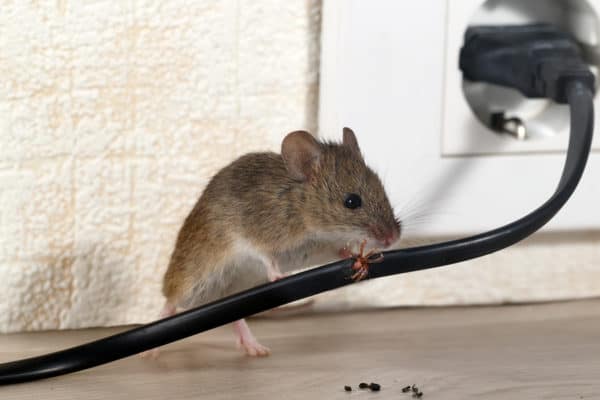



Mouse Vs Rat Can You Spot The Difference Rodent Control
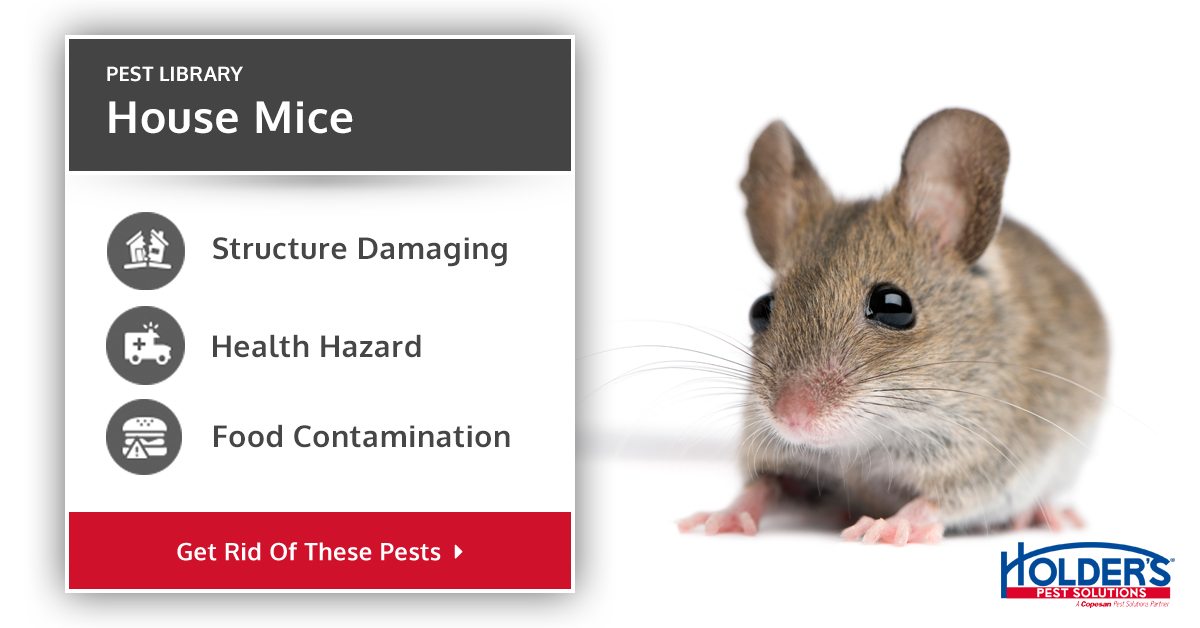



House Mouse Types Facts And How To Identify House Mouse Control Holder S Pest Solutions



1




Common Mouse Species Rentokil Canada




The Truth To Why You Can T Keep Mice Out Of Your New York City Home
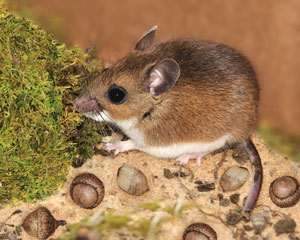



Are Deer Mice More Common Than House Mice



Mice Voles And Moles




Mice Types Of Mice In North America Automatic Trap Company



How To Identify Mouse Droppings
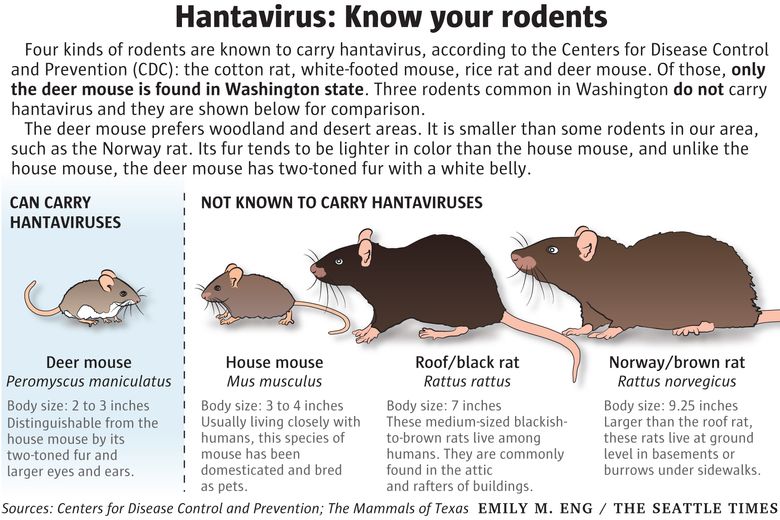



Deer Mice Cute But Potentially Deadly Carriers Of Hantavirus The Seattle Times
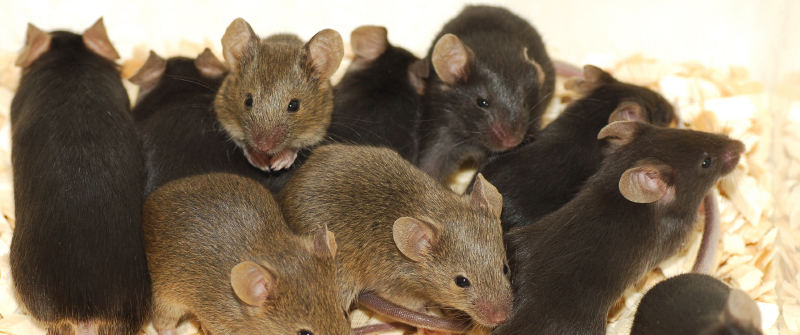



Mice Information For Kids House Mouse Facts For Kids




Mouse Vs Rat Differences Characteristics Droppings Nj Pest Control
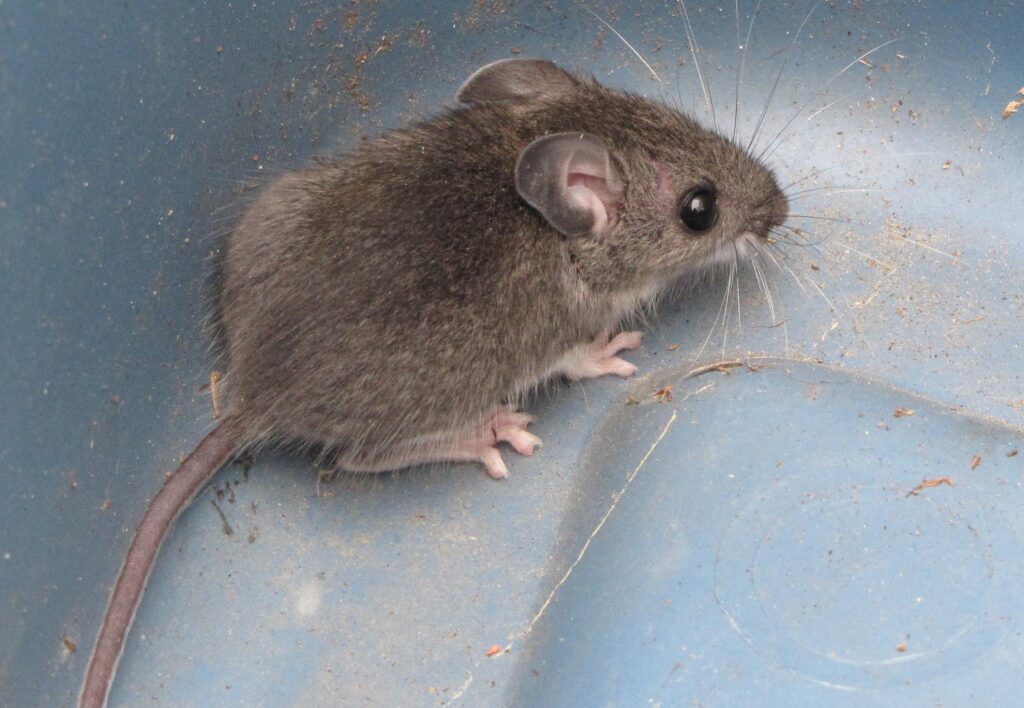



Mice Removal 3 Species To Look Out For In Milwaukee
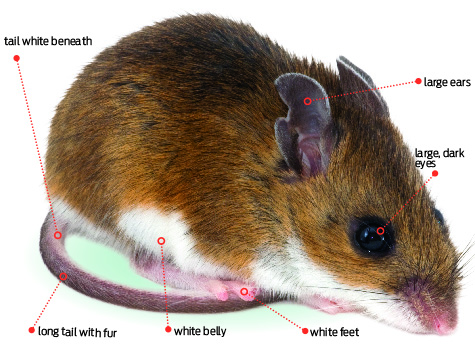



Deer Mice Vs House Mice Bullfrog Pest Control




House Mouse Vs Deer Mouse What S The Real Difference Bob Vila



The Outside Lives Of House Deer Mice Pct Pest Control Technology
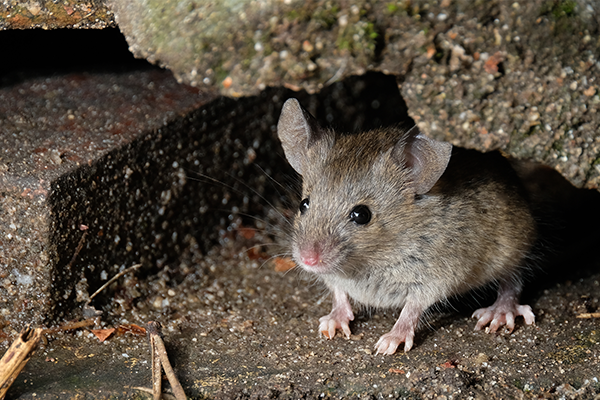



Rodents A Guide To Rodent Identification Prevention
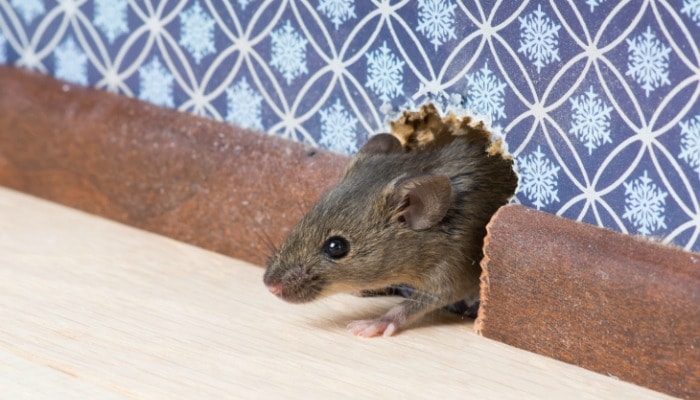



House Mice Deer Mice How To Know The Difference Keep Them Away
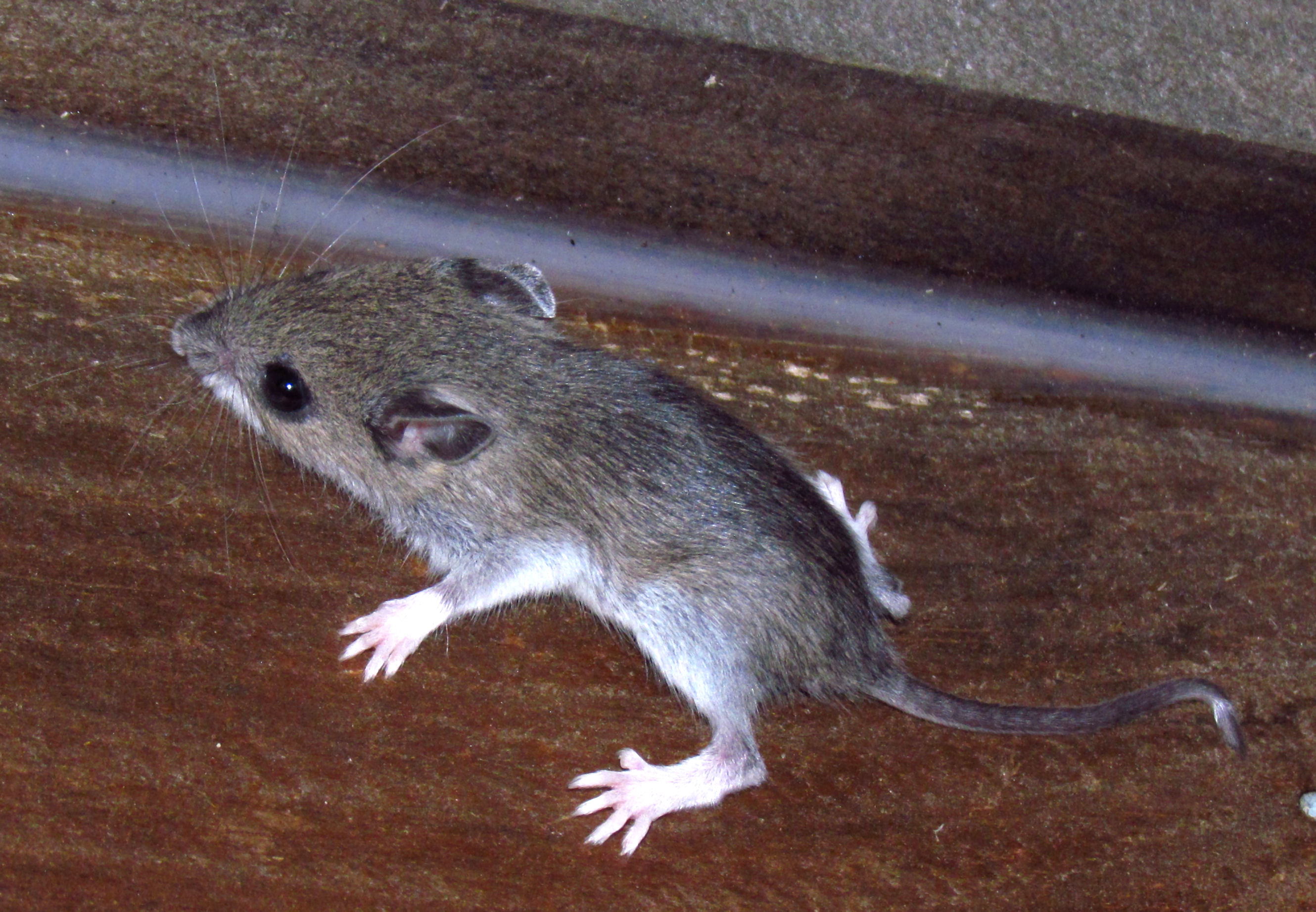



White Footed Mouse Wikipedia
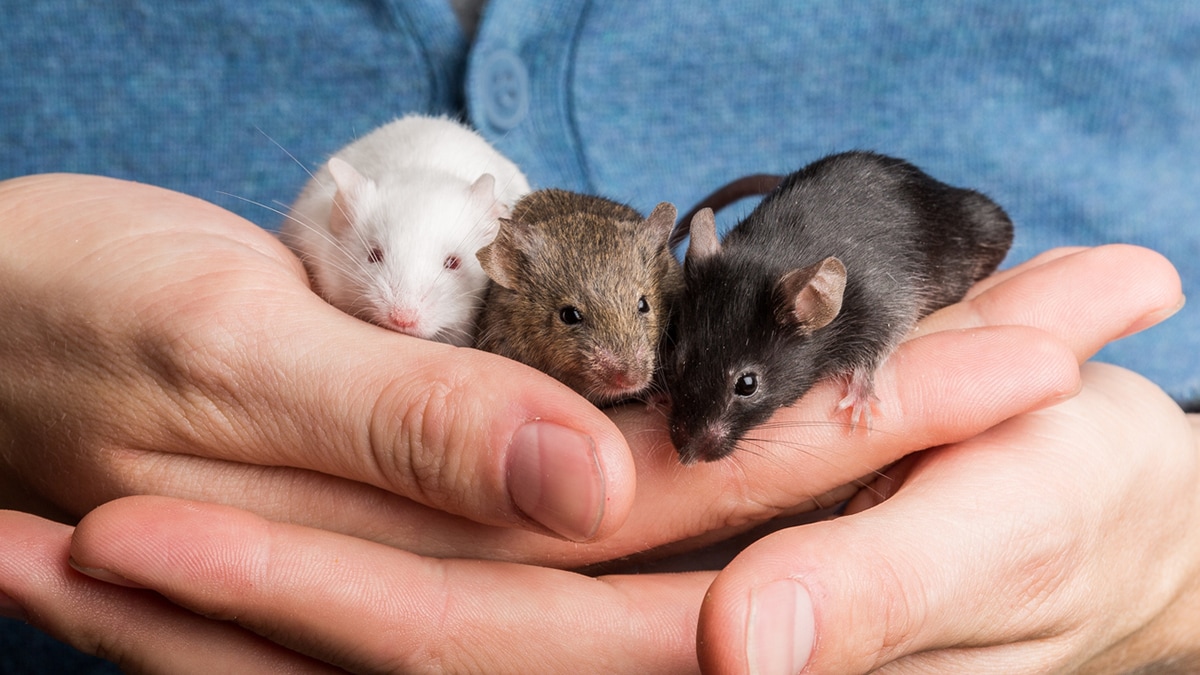



How Many Mice Can Live Together Bechewy




What Rats And Mice Don T Have In Common Action Pest Control Services




Essential Guide To Common Mice Rats In Washington State Prosite Pest Control
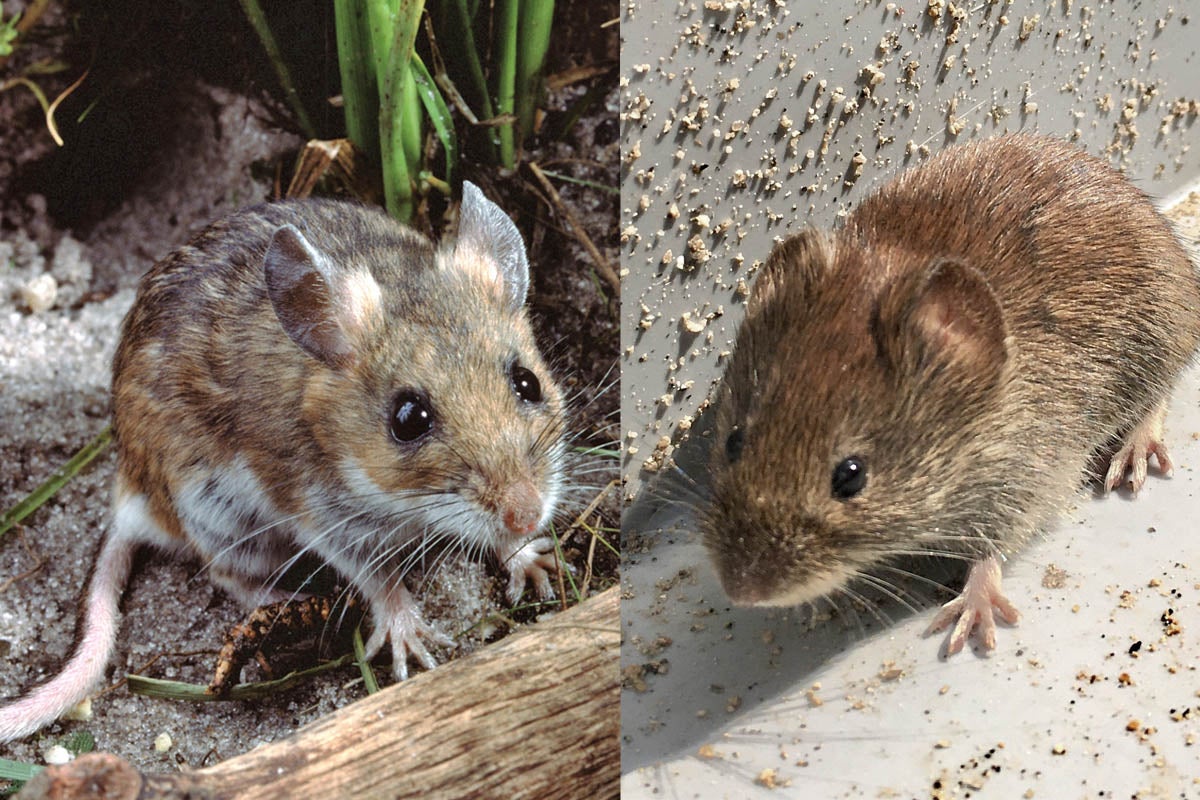



House Mouse Vs Deer Mouse What S The Real Difference Bob Vila




Mouse Vs Rat What Are The Differences How To Identify
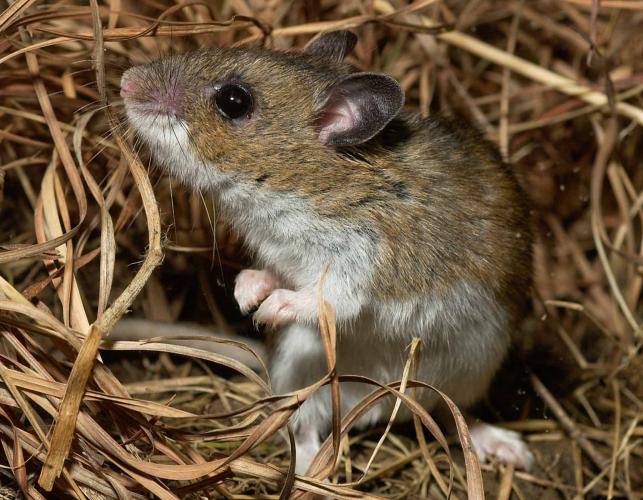



North American Deermouse Missouri Department Of Conservation
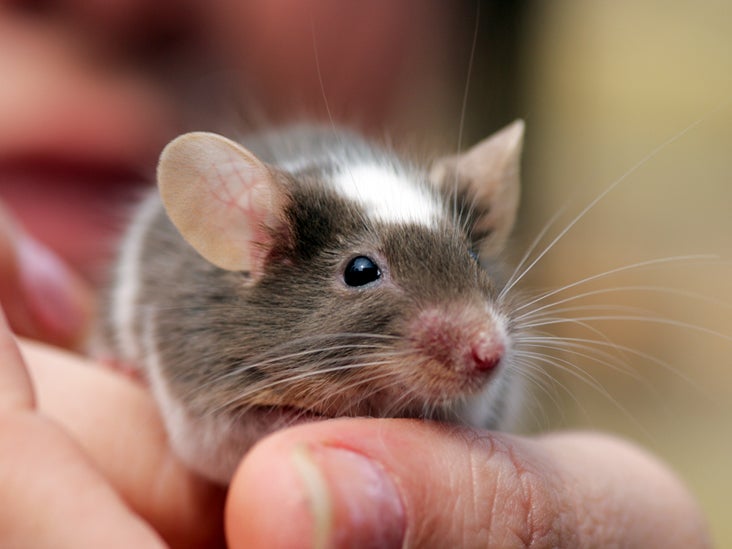



If You Re Bitten By A Mouse Treatment And When To See A Doctor




Why Is It So Hard To Keep Mice Out Of My Souderton Home




Mouse Vs Rat What Are The Differences How To Identify
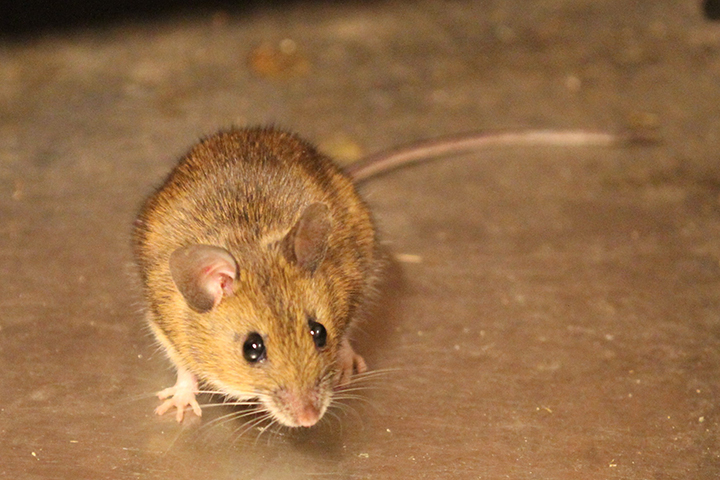



What You Need To Know About Mice In Your Home And How To Get Rid Of Them Globalnews Ca
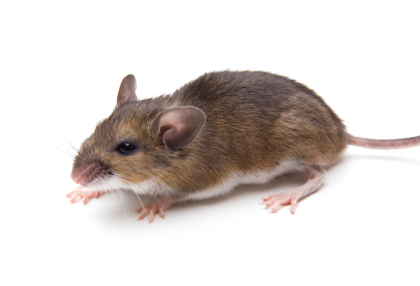



White Footed Mouse Vs Deer Mouse Identification Critter Control




A New Case Of Hantavirus Suspected In King County Public Health Insider
:max_bytes(150000):strip_icc()/questions-and-answers-about-mice-2656489-04-ce6baecd60e246fcb53ee3f4b85eb145.jpeg)



12 Common Questions And Answers About Mice In The House
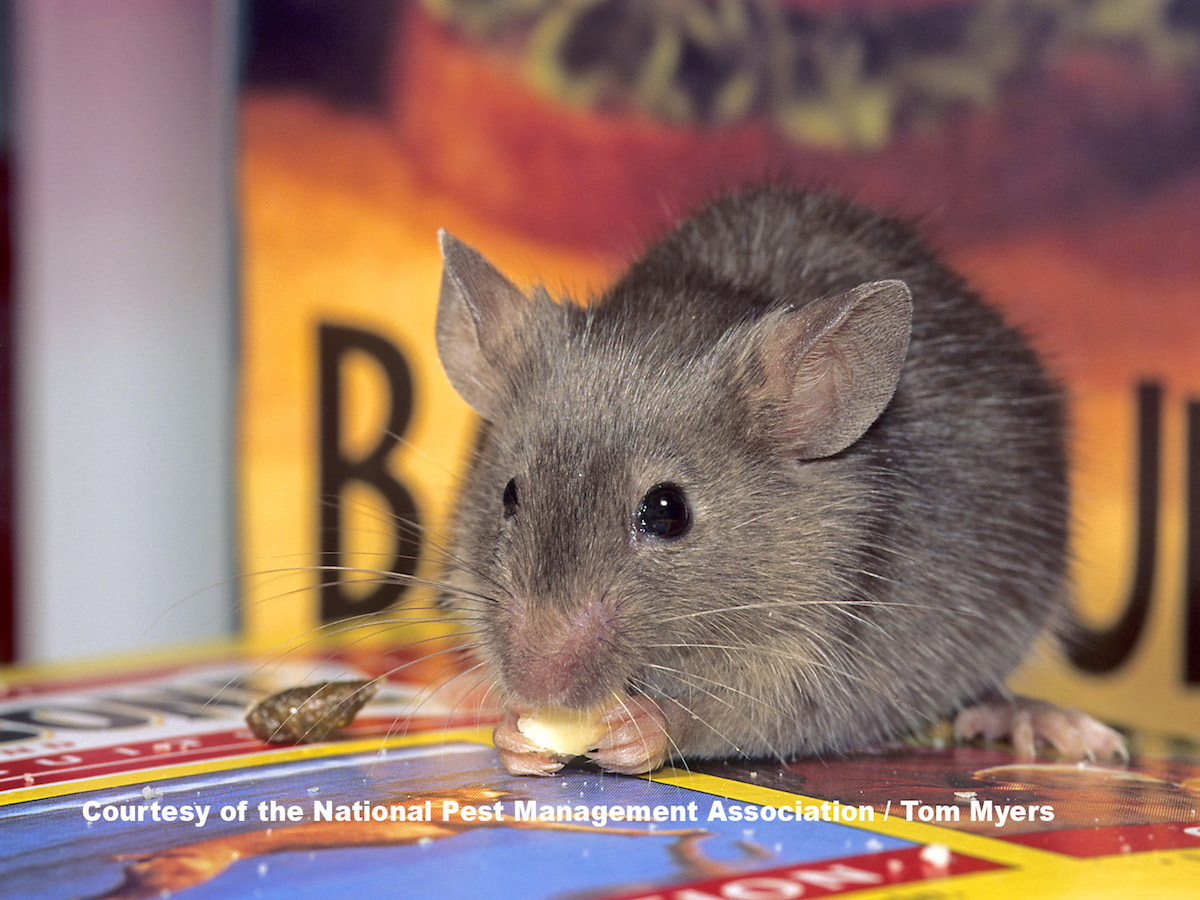



What Are House Mice House Mice Identification Control




Essential Guide To Common Mice Rats In Washington State Prosite Pest Control
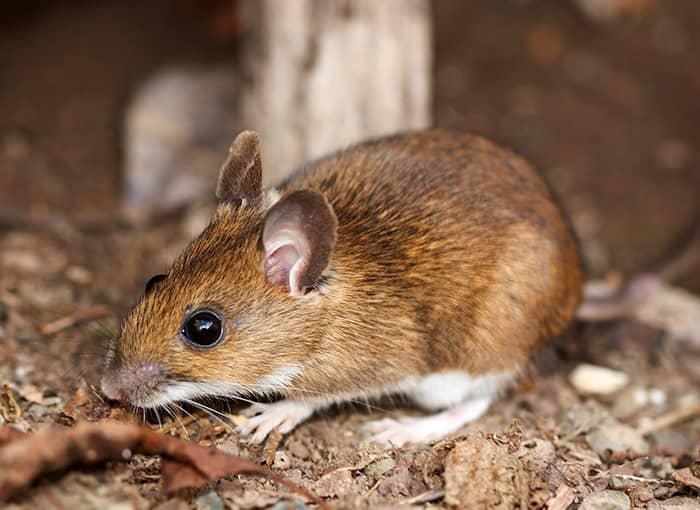



A Complete Guide To Identifying Controlling Mice In Maine
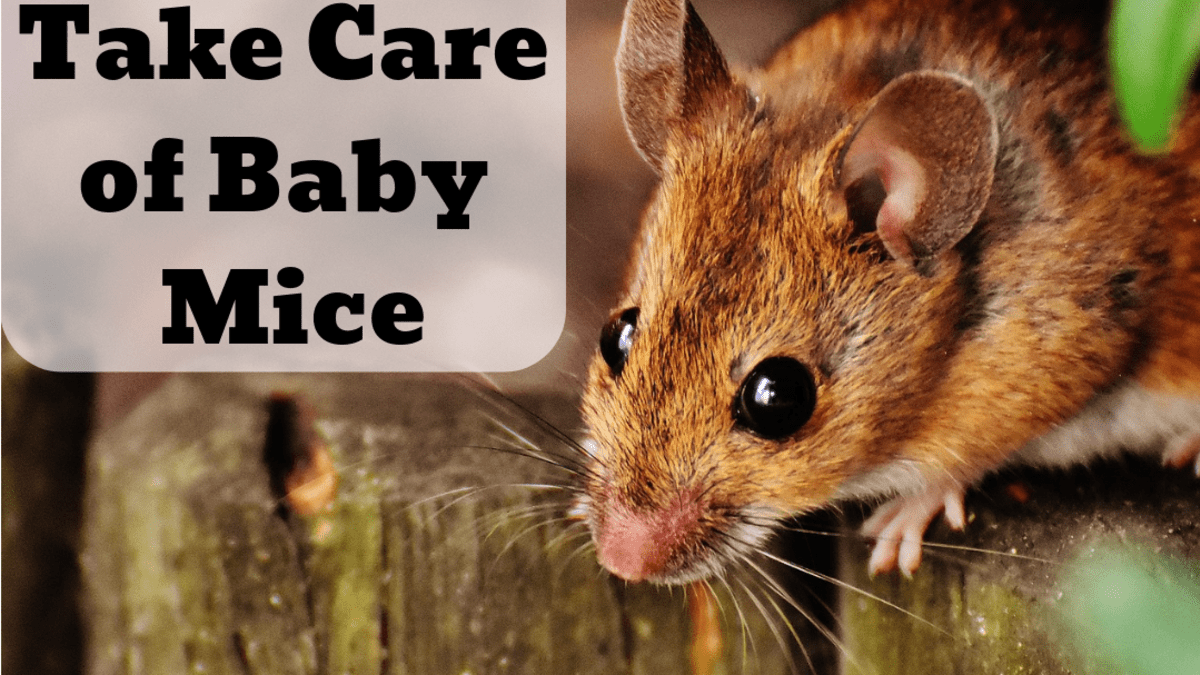



How To Care For Baby Mice Found In The Wild Pethelpful




Id Your Problem




Watch The Teeniest Baby Deer Mice Grow Up In 30 Day Time Lapse The Dodo Little But Fierce Youtube




Living In Harmony With House Mice And Rats Peta




House Mouse Types Facts And How To Identify House Mouse Control Holder S Pest Solutions
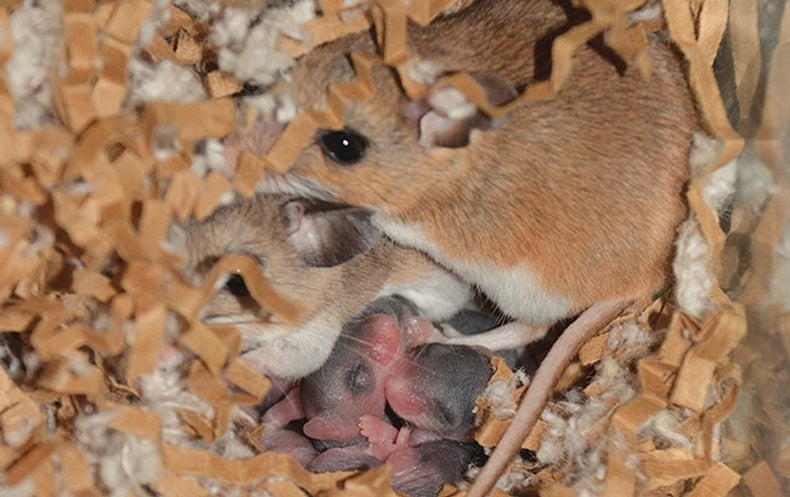



Why Some Mice Seem To Make Bad Parents Scientific American
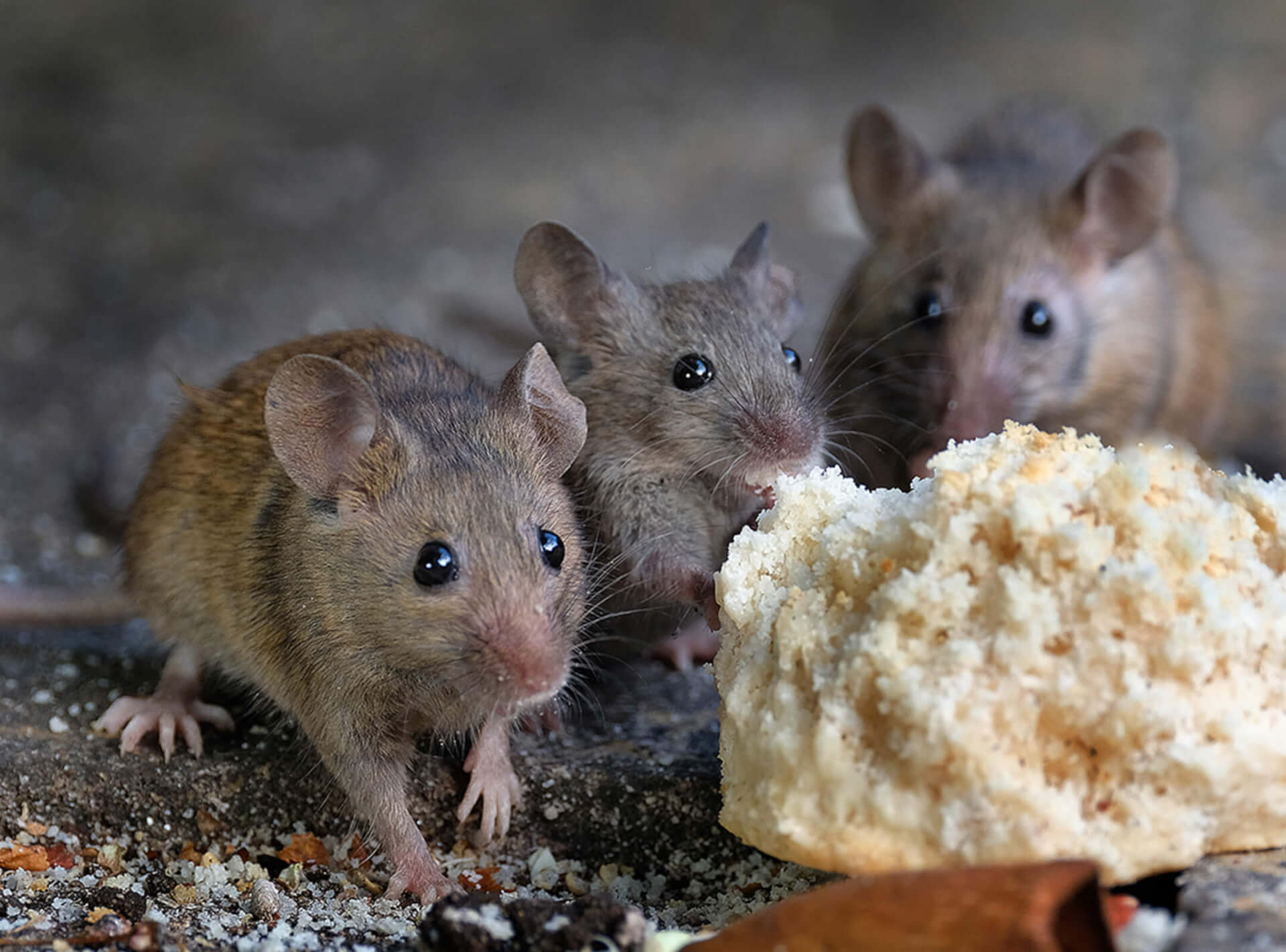



Pictures Of Mice Photo Gallery Of Mouse Images Waltham Pest Services
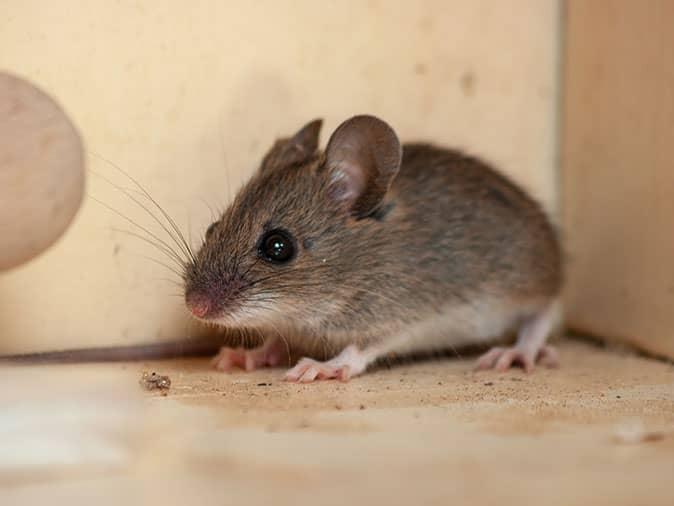



House Mice Vs Deer Mice Guide To The Differences Between Mice In Co
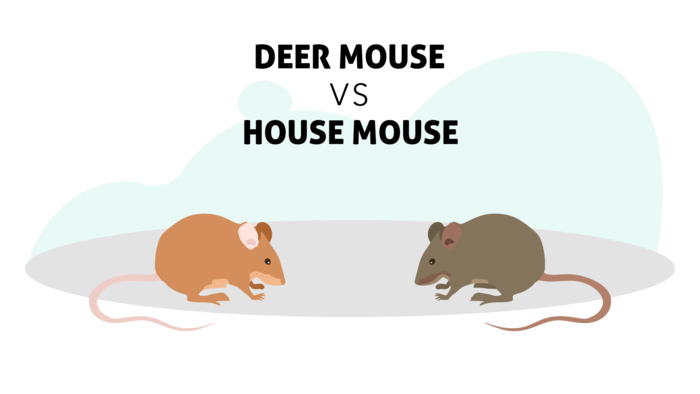



The Difference Between A Deer Mouse Vs House Mouse Insight Pest Solutions
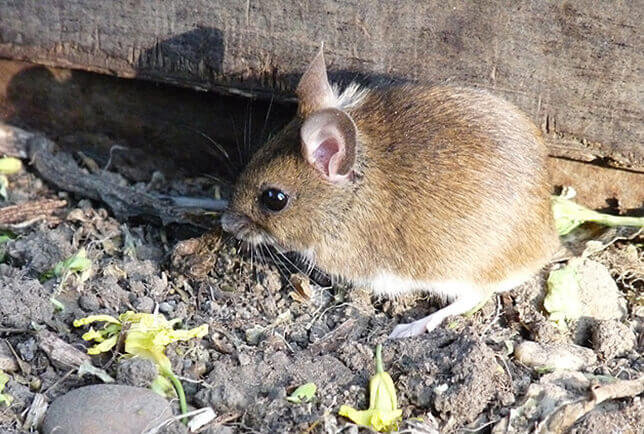



Field Mouse Control Facts Find How To Get Rid Of Field Mice
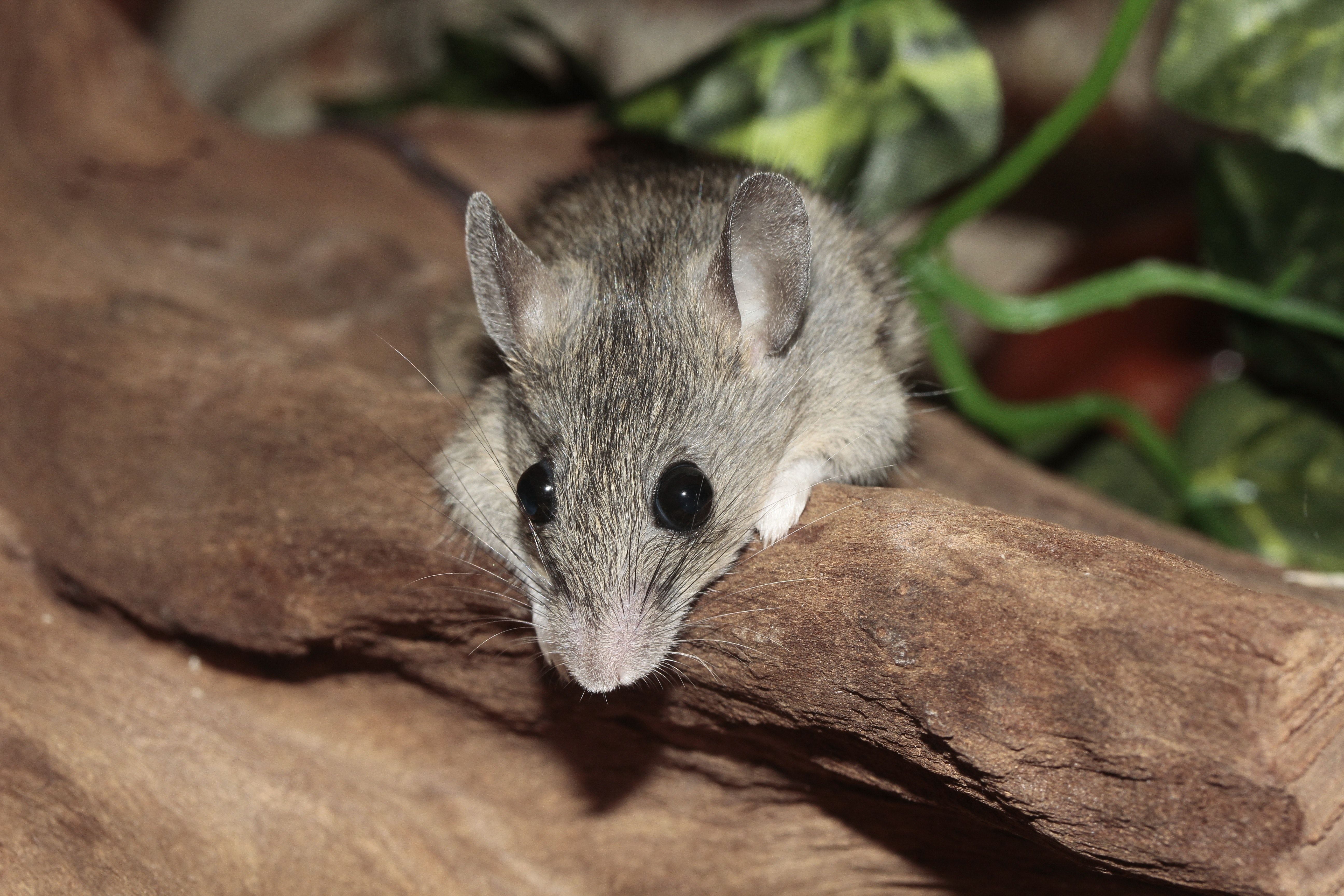



How Fast Do Mice Multiply In Your Home Preventive Pest Control
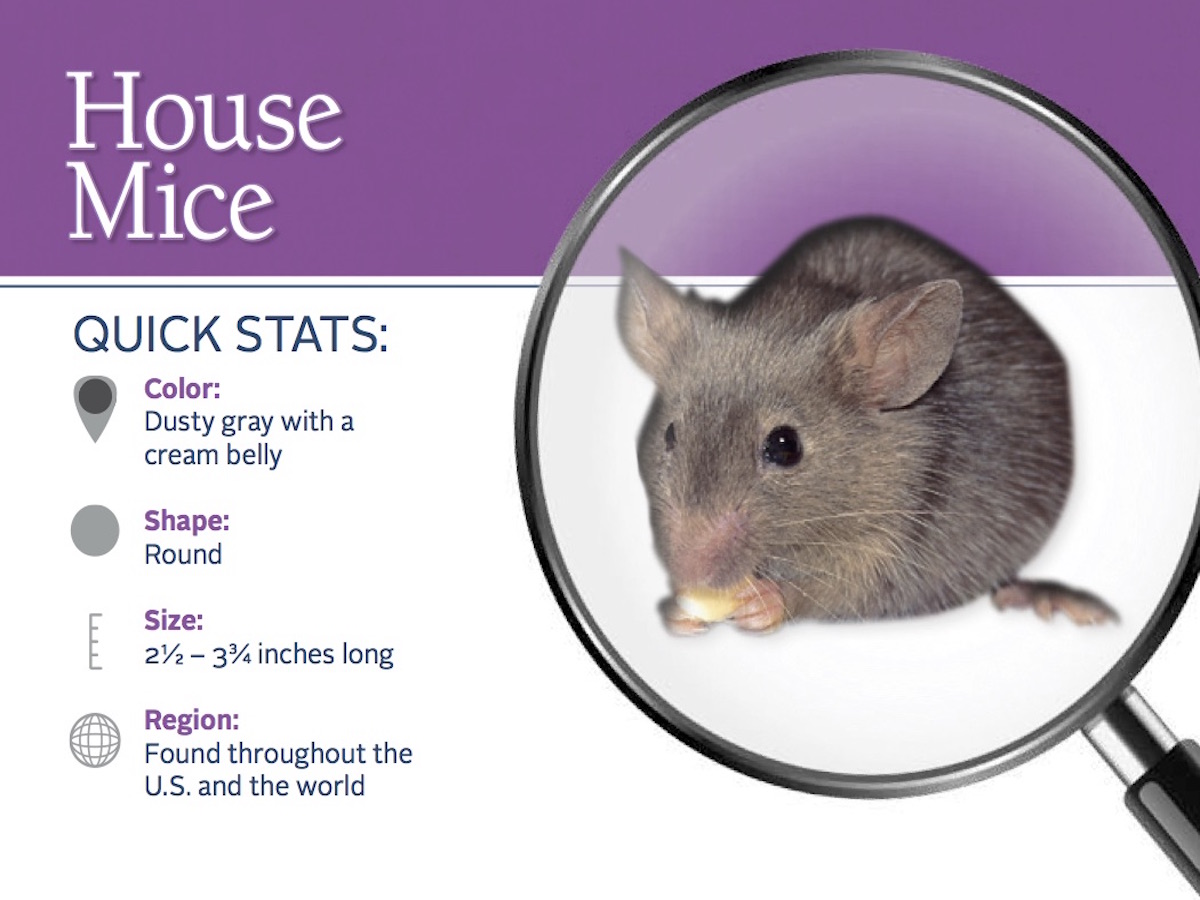



What Are House Mice House Mice Identification Control




The Difference Between A Deer Mouse Vs House Mouse Insight Pest Solutions




Remove Mice From Your Home Mn




A Common North American Mouse Can Catch And Spread The Coronavirus In Labs Studies Show The Washington Post
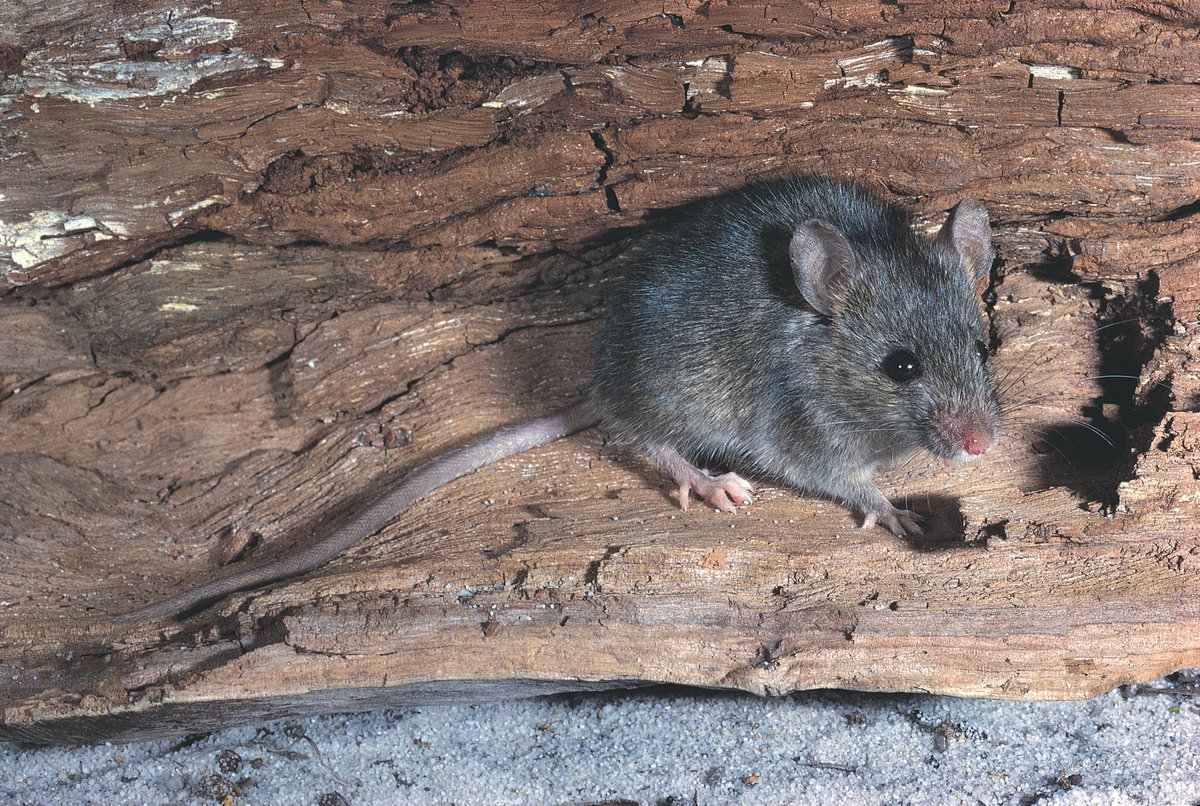



House Mouse The Australian Museum
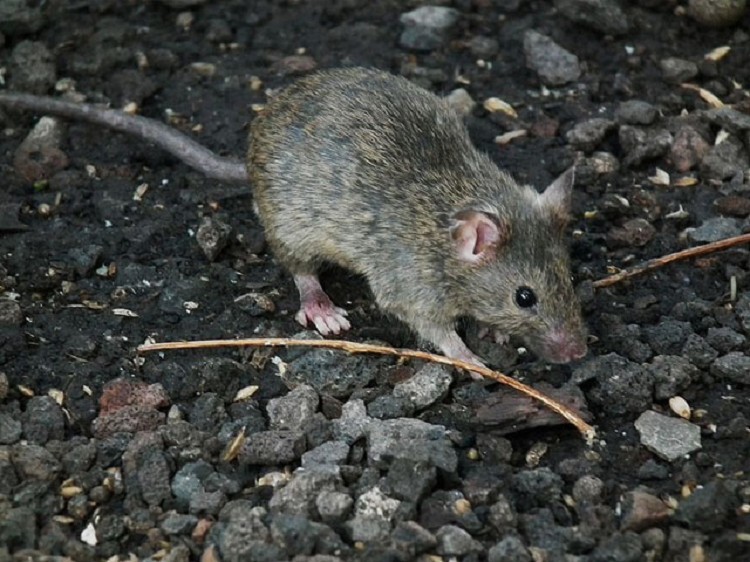



House Mouse Tennessee Wildlife Resources Agency




Field Mouse Apodemus Sylvaticus Pest Library Pest Solutions
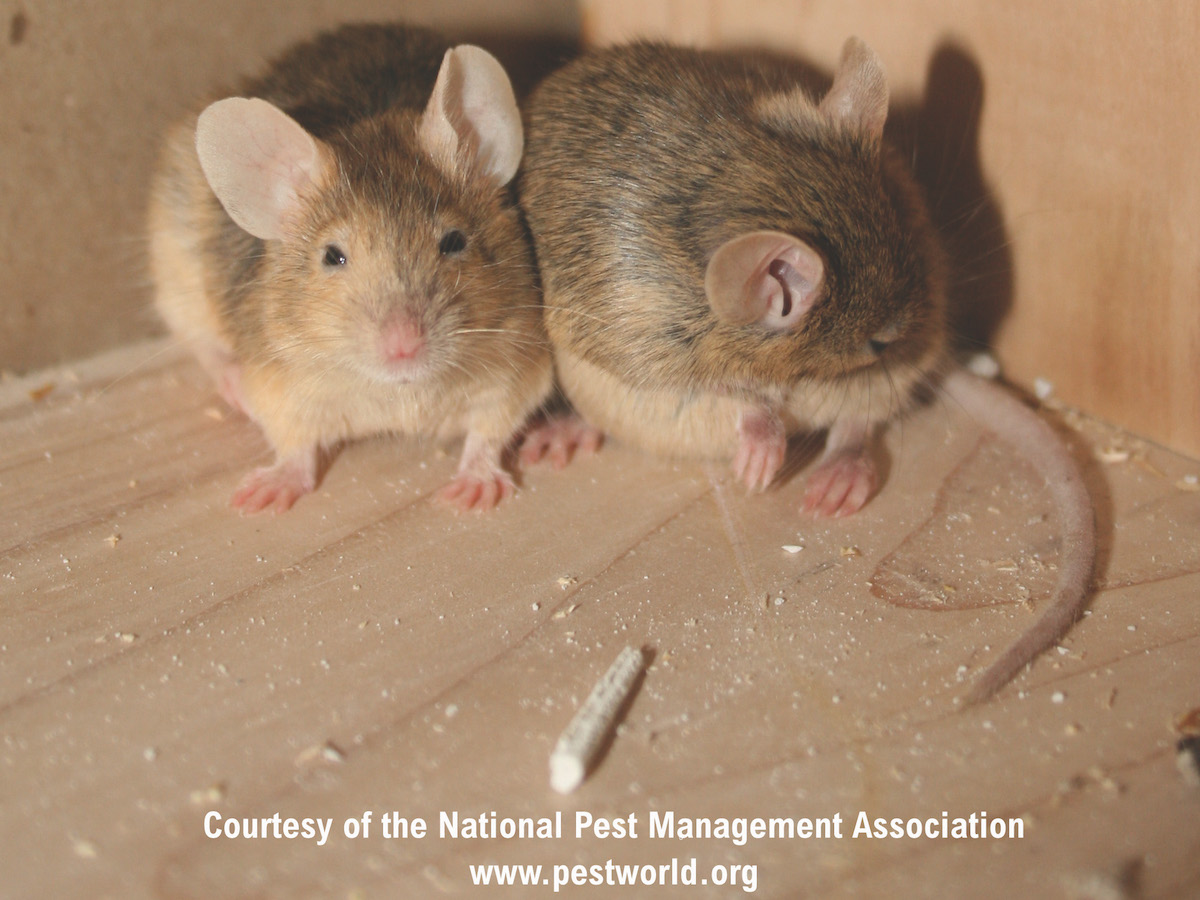



What Are House Mice House Mice Identification Control
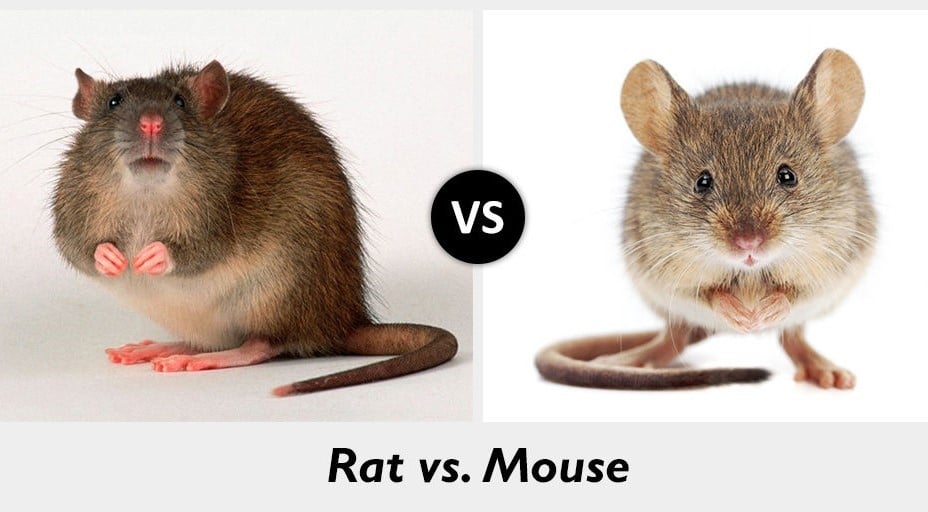



Mice Vs Rats What S The Difference
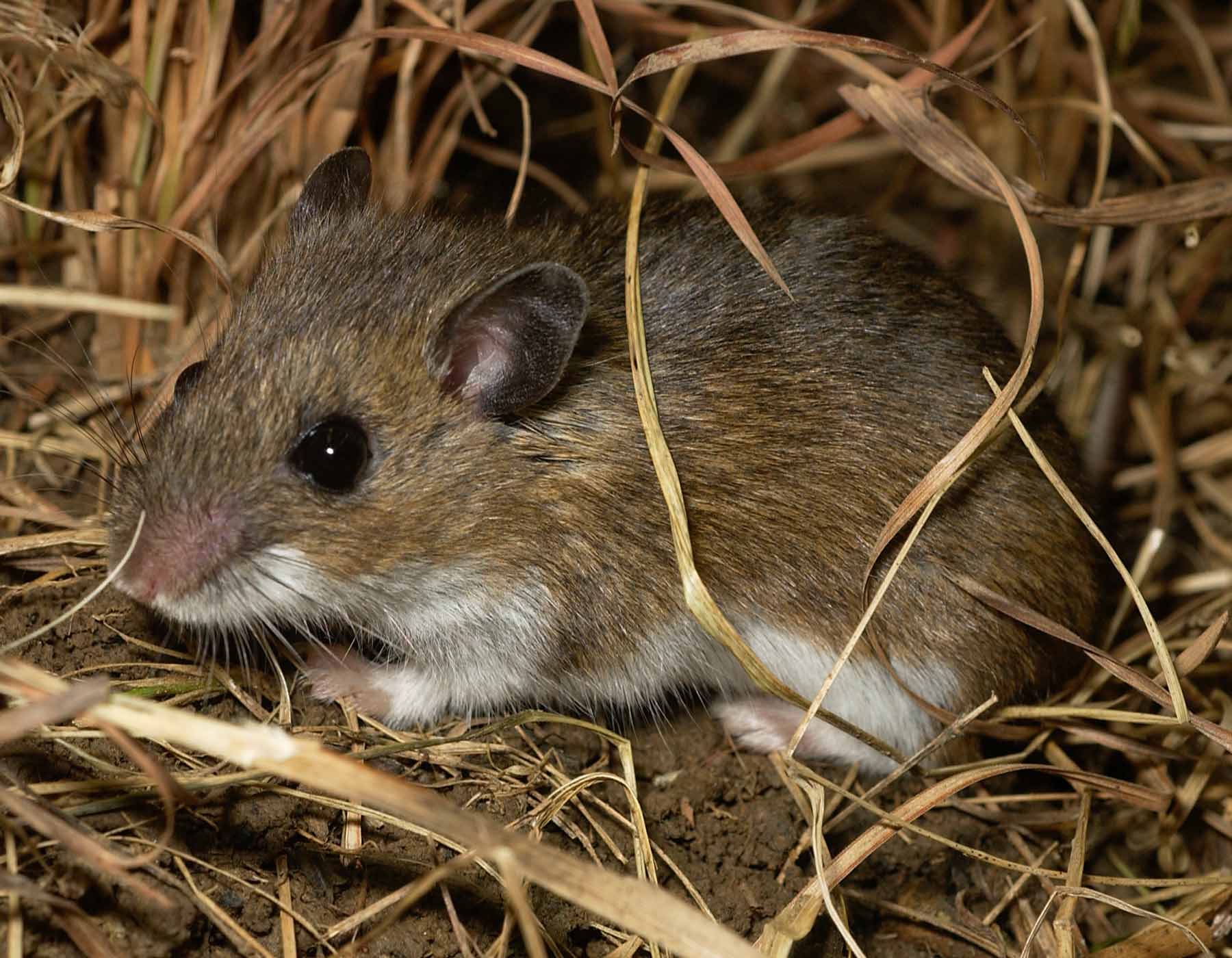



Rats And Mice Wildlife Illinois




Little Baby Deer Mouse In The Snow Stock Photo Image Of Room Mouse
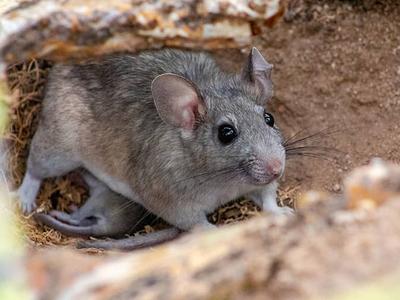



House Mice Vs Deer Mice Guide To The Differences Between Mice In Co
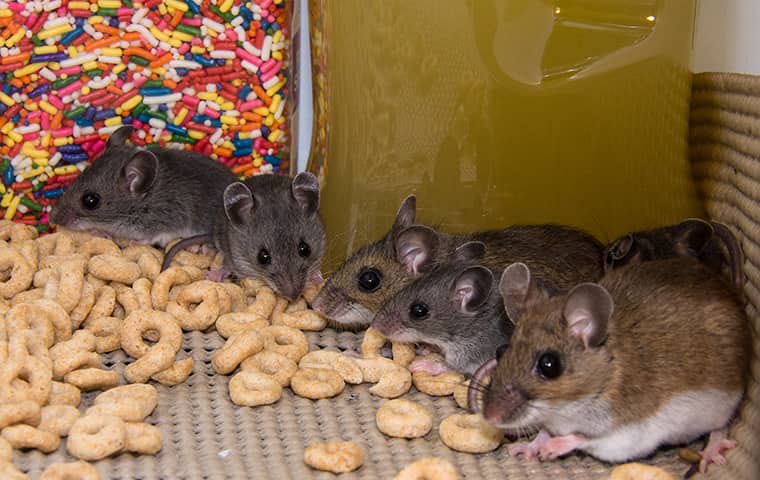



Blog Is It One Mouse Or An Infestation Of Mice
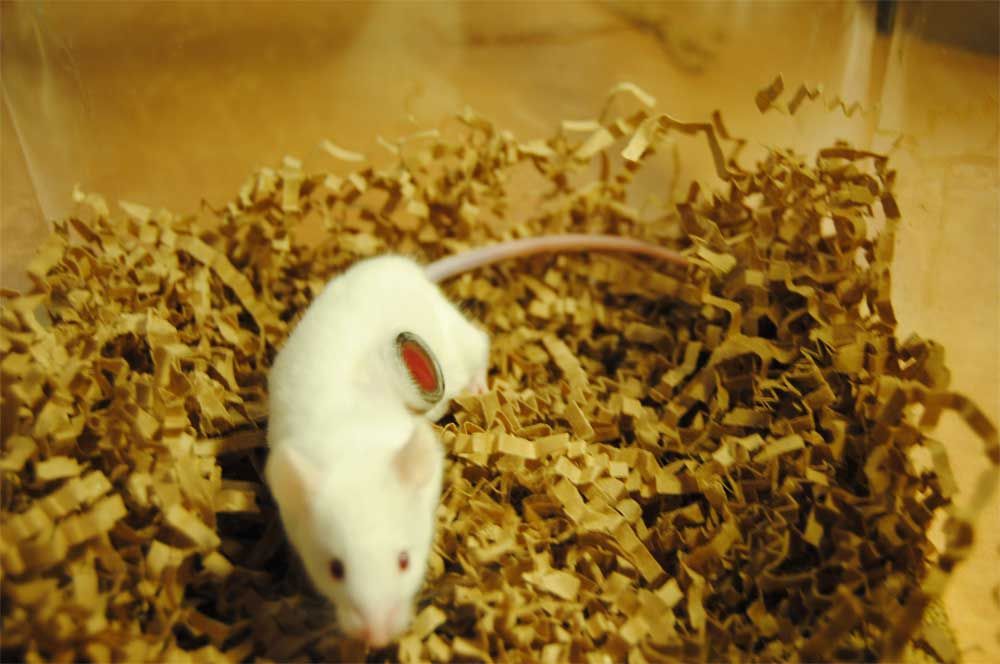



Mouse Facts Habits Habitat Types Of Mice Live Science
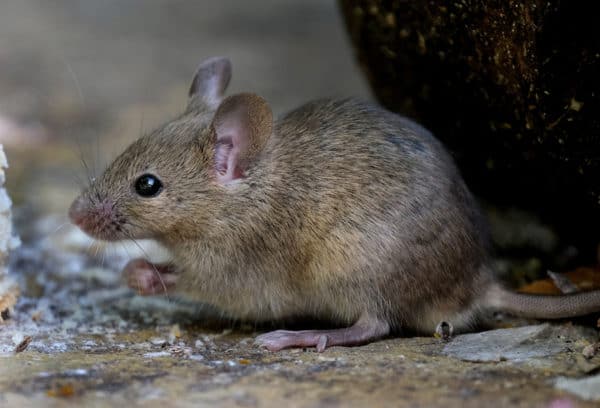



Mouse Vs Rat Can You Spot The Difference Rodent Control




Mouse Vs Rat What Are The Differences How To Identify
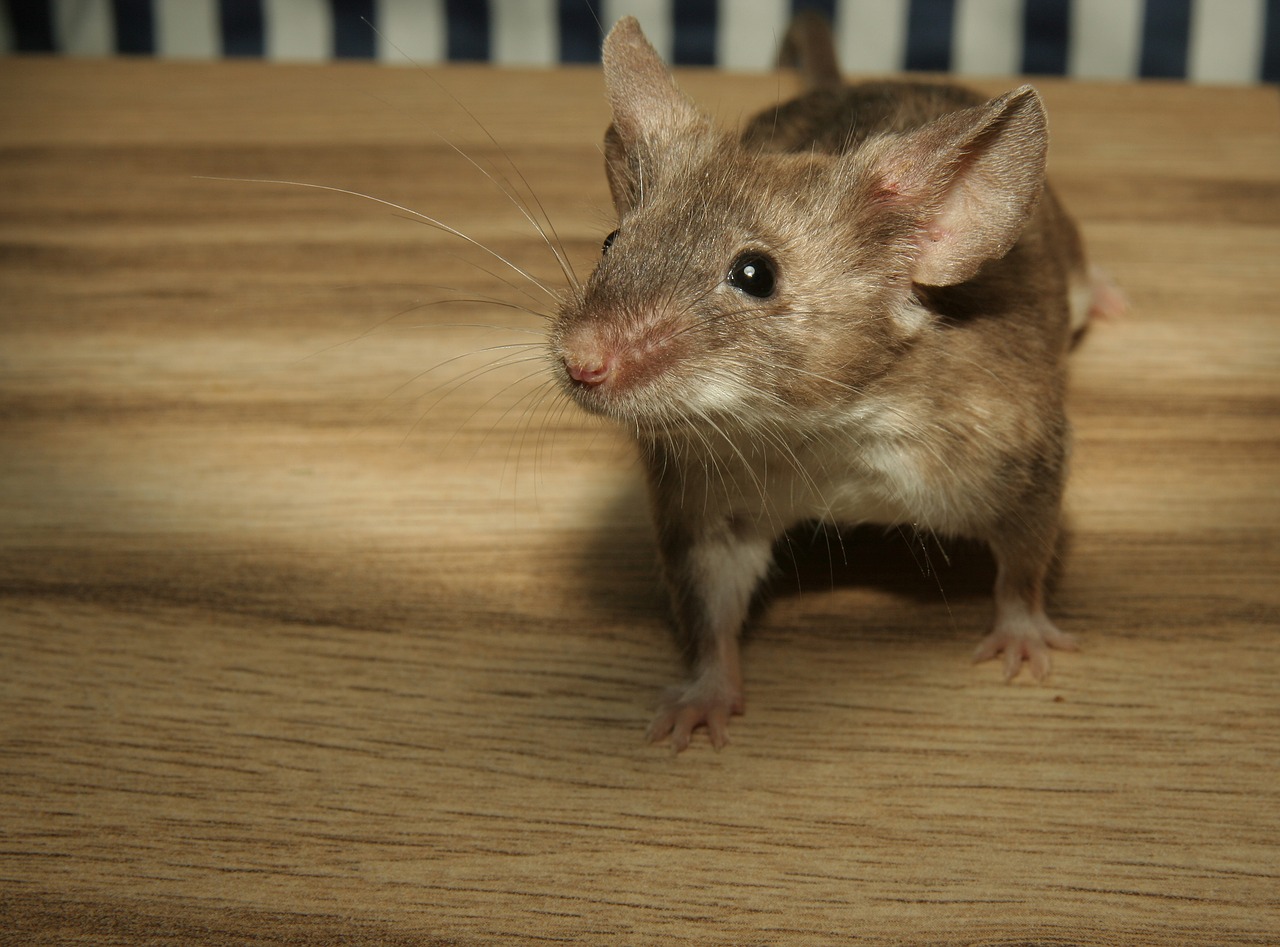



Mouse Sounds Identification Pest Control Critter Control



Field




Differences Between House Mouse And Field Mouse Fantastic Services
/145106813-56a7099f3df78cf77291a02b.jpg)



Learn About The Dangers Of Deer Mice




Mother Mouse Raises Orphaned Baby Mice As Her Own Lifestyle Independent Tv
/questions-and-answers-about-mice-2656489-hero-62d98e50459944cc9fe62546175ea744.jpeg)



12 Common Questions And Answers About Mice In The House



1
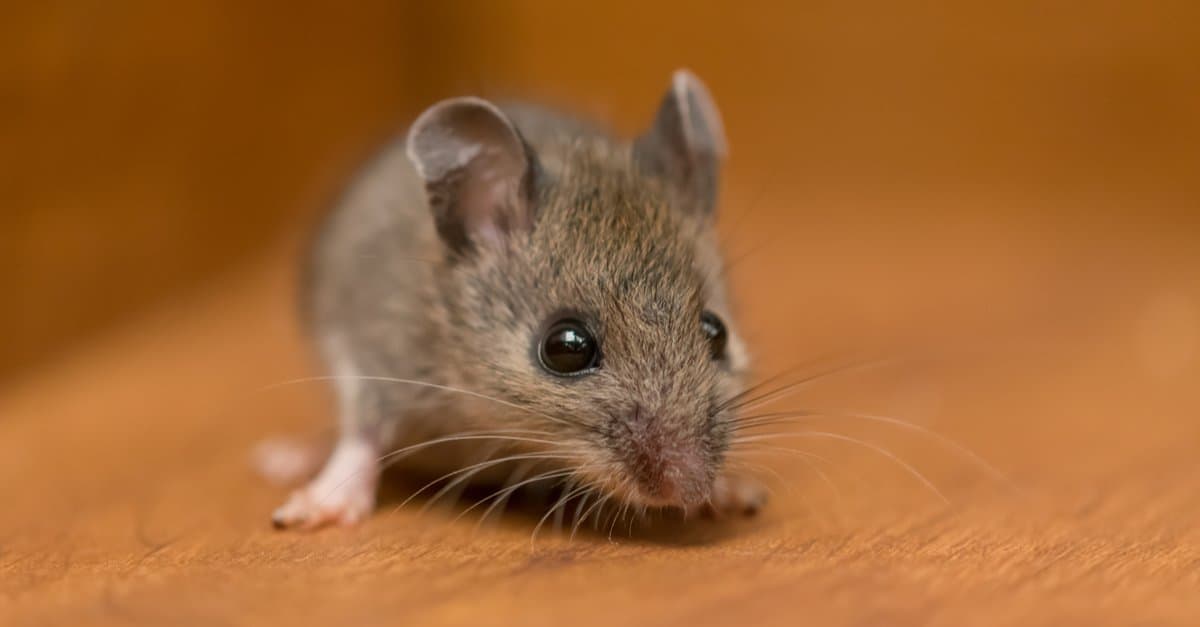



Field Mouse Vs House Mouse What S The Difference Az Animals




Peromyscus Wikipedia
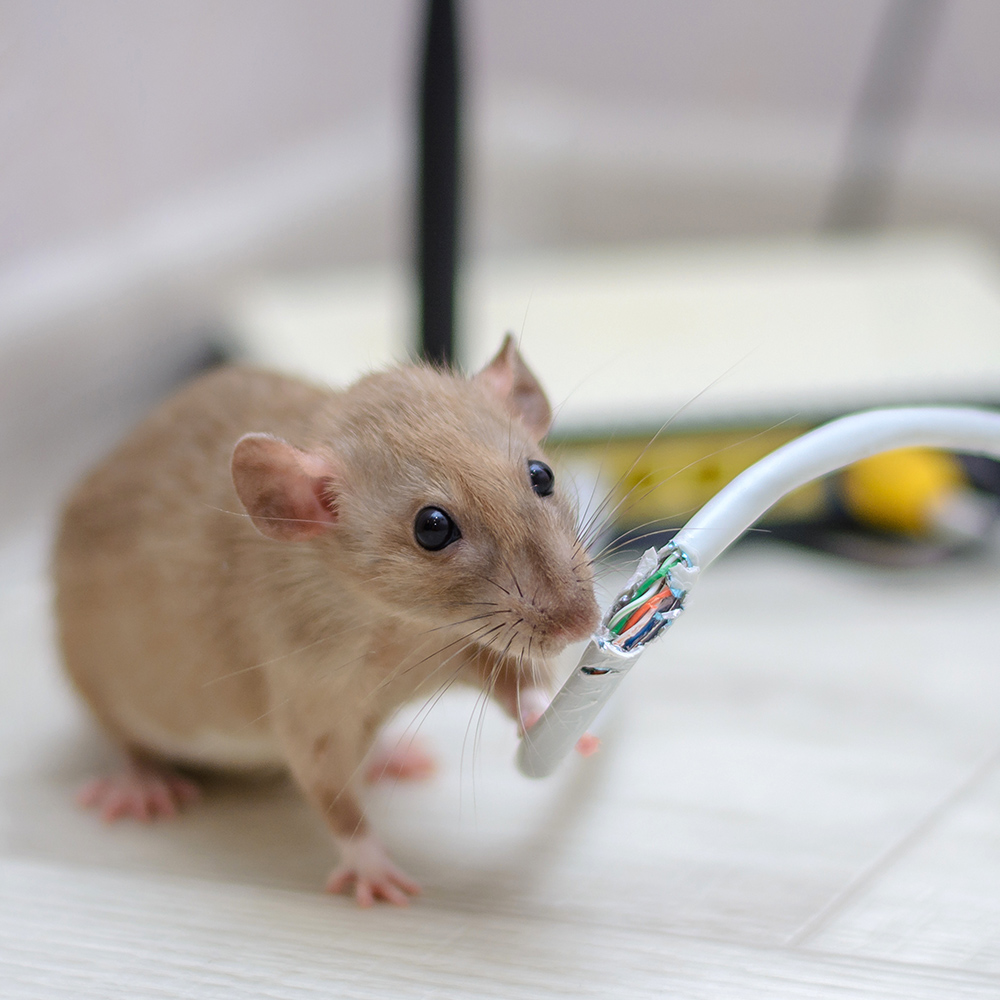



How To Get Rid Of Mice
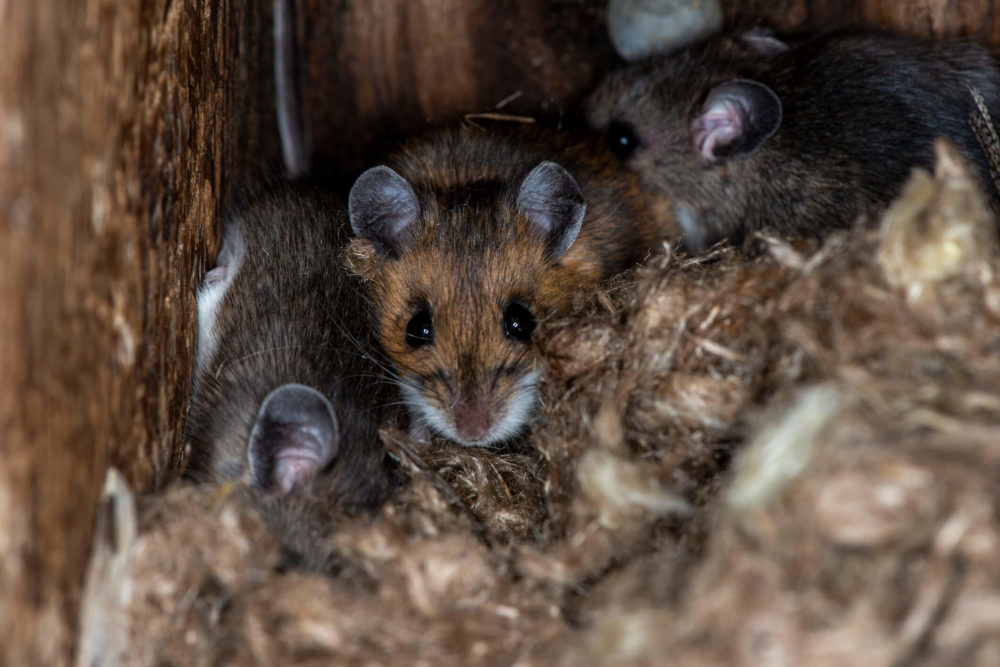



What Does Mouse Poop Look Like Identification Tips From Pest Control Experts Precise Termite Pest Control
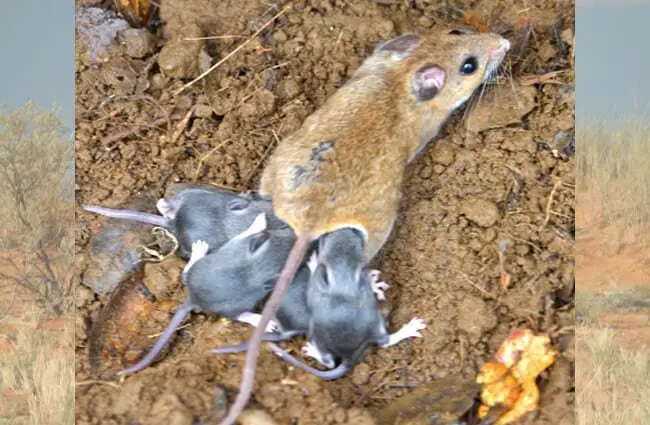



Deer Mouse Description Habitat Image Diet And Interesting Facts
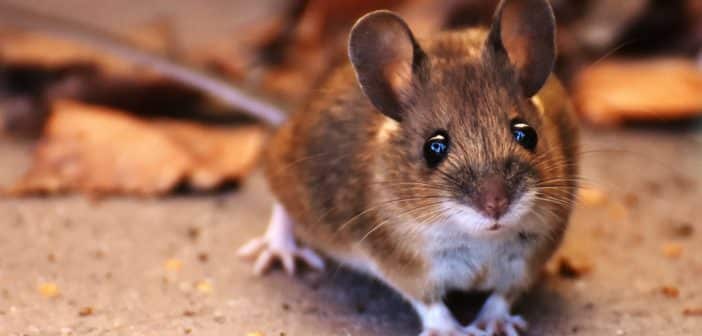



Frequent Questions About Mice Welcome Wildlife
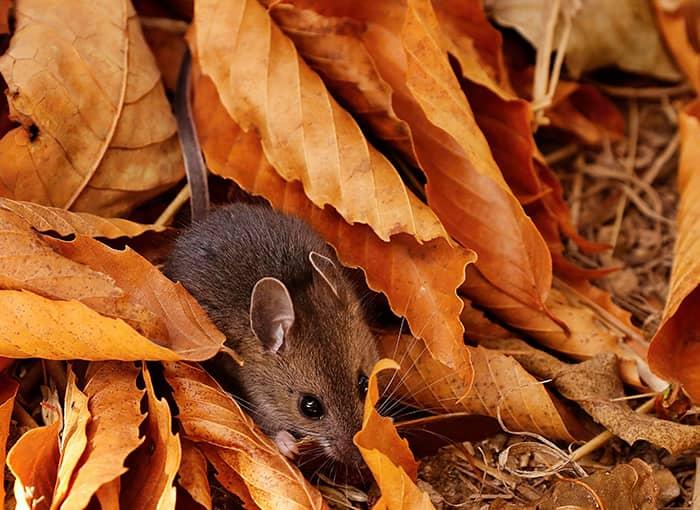



A Complete Guide To Identifying Controlling Mice In Maine
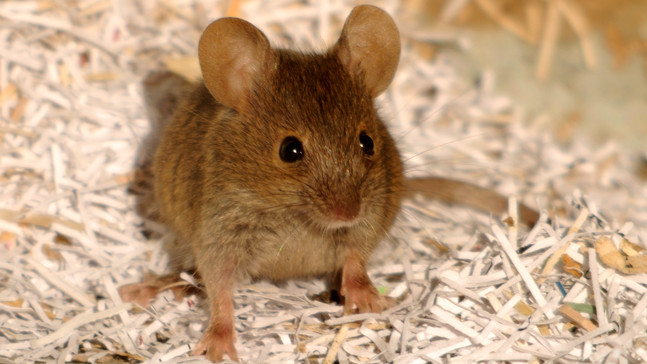



House Mouse Or Field Mouse Types Of Mice Woodland Trust
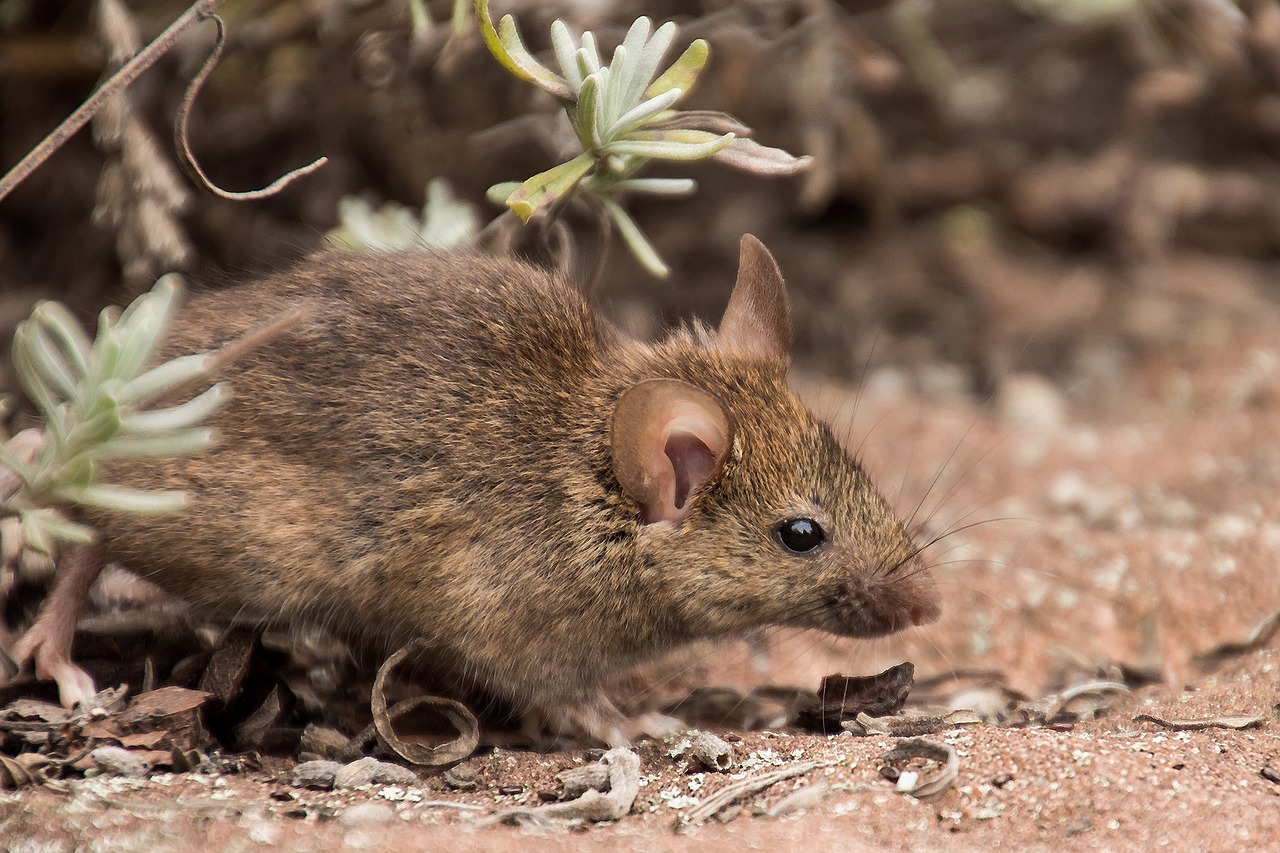



Types Of Mice In The Uk Mouse Identification Facts Pest Defence
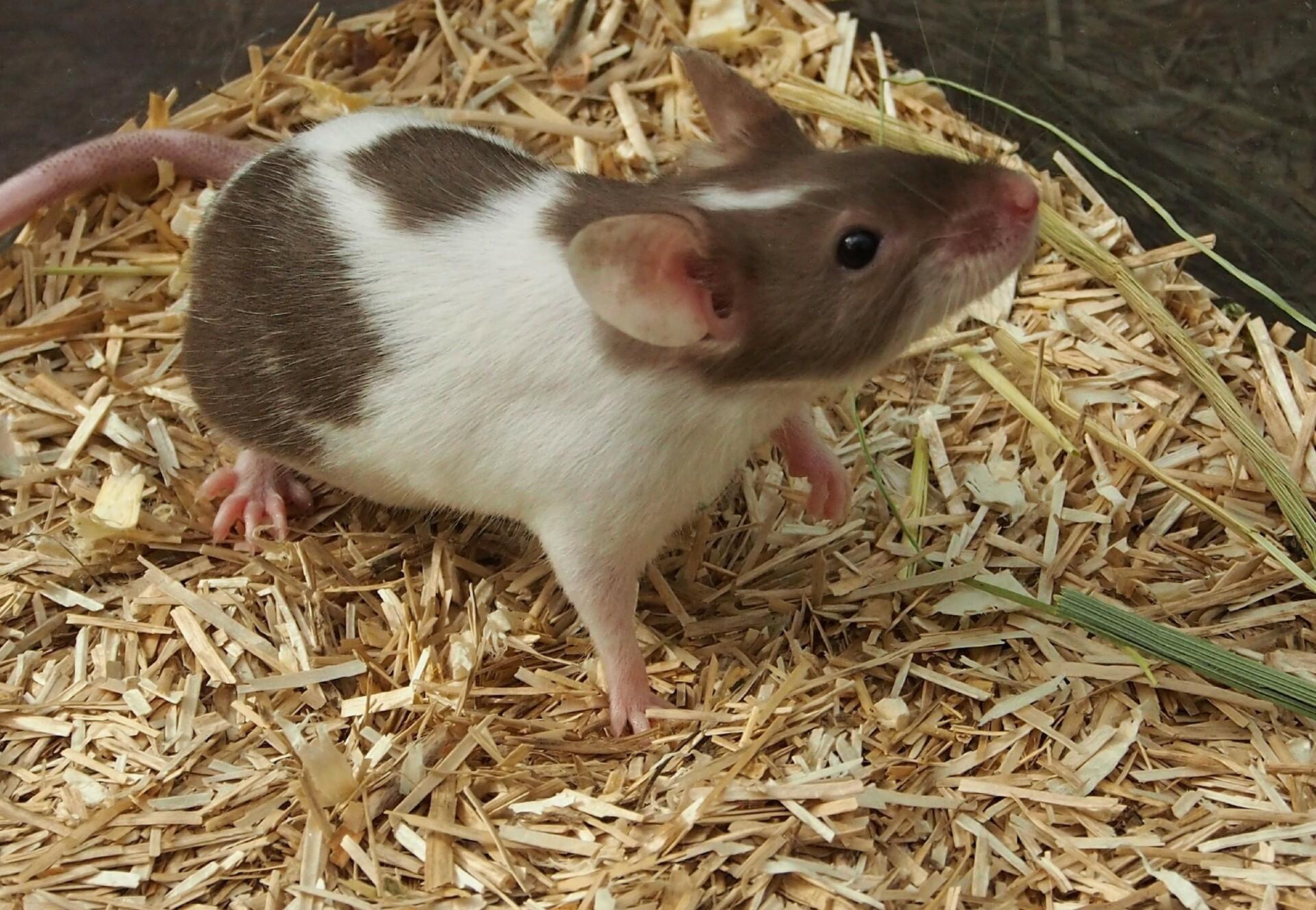



Mice As Pets Publications Guides Our Stories Four Paws International



0 件のコメント:
コメントを投稿